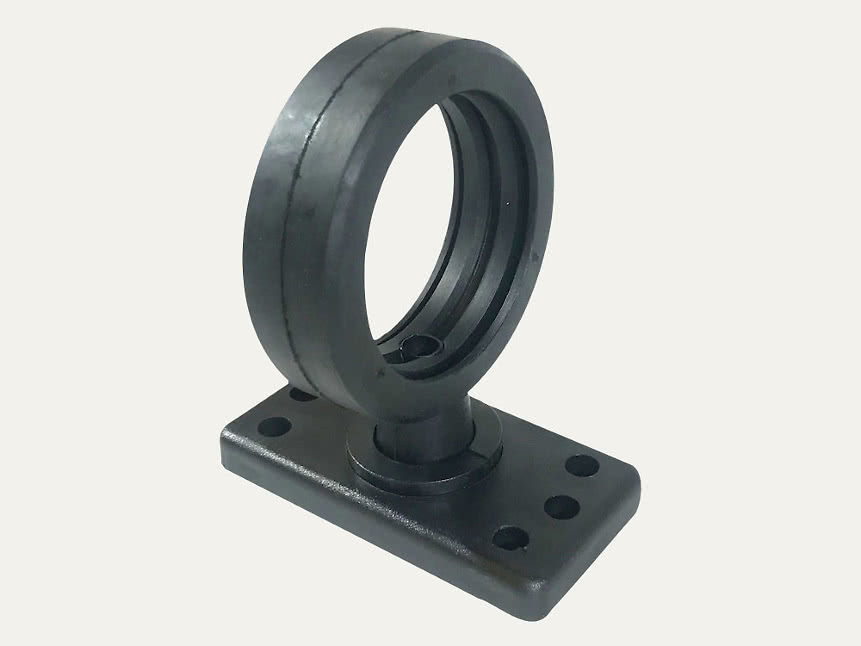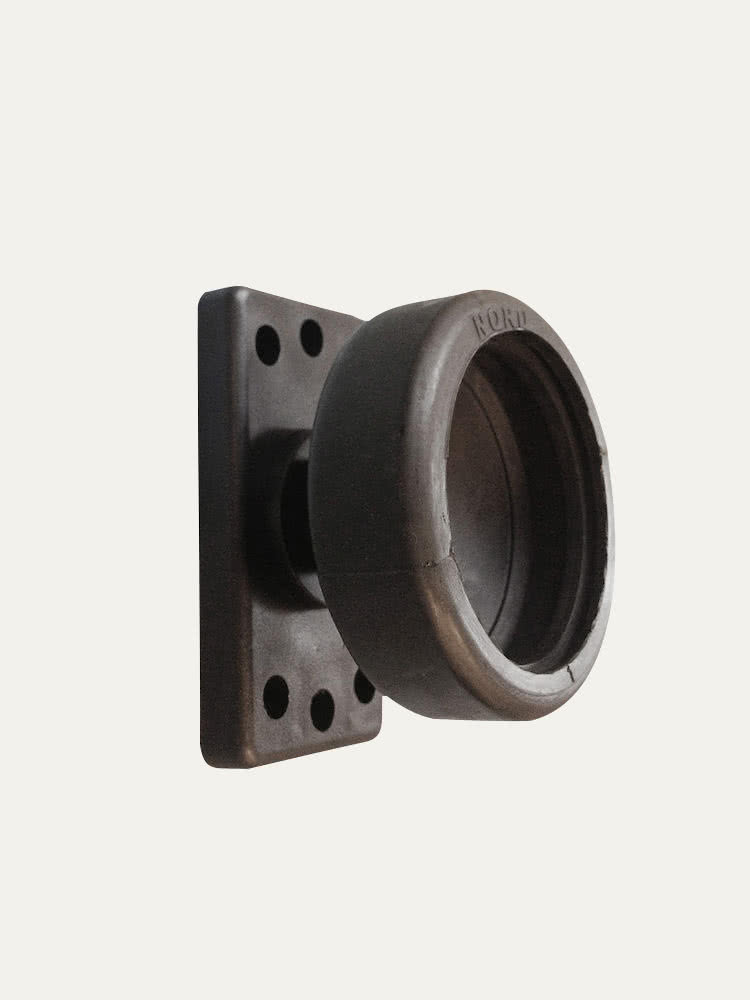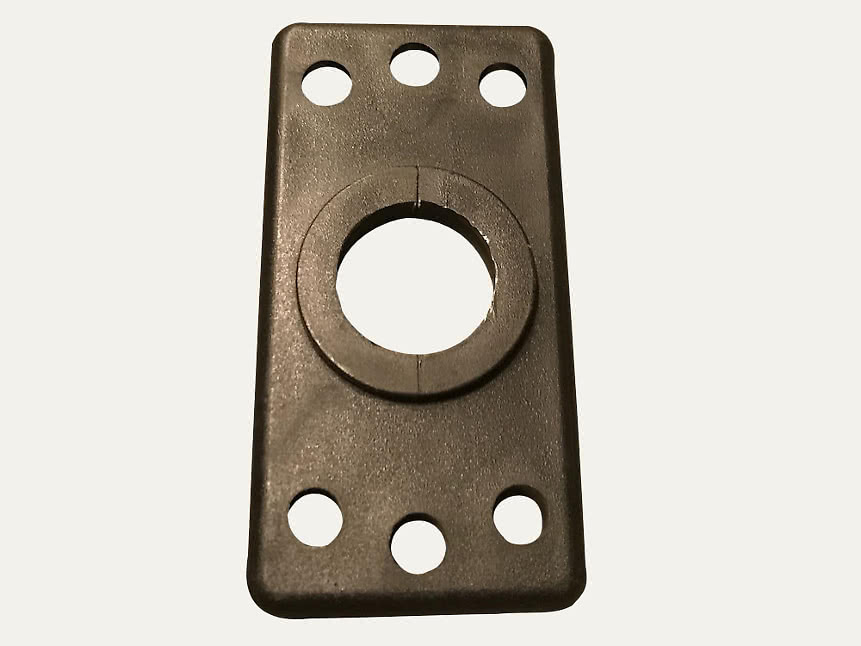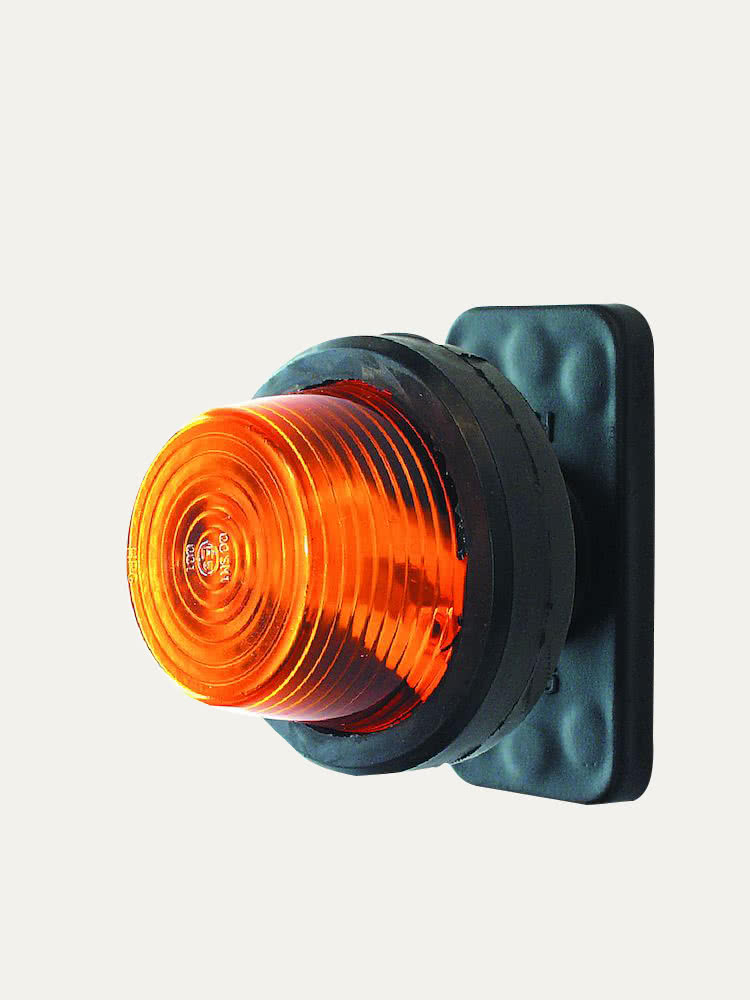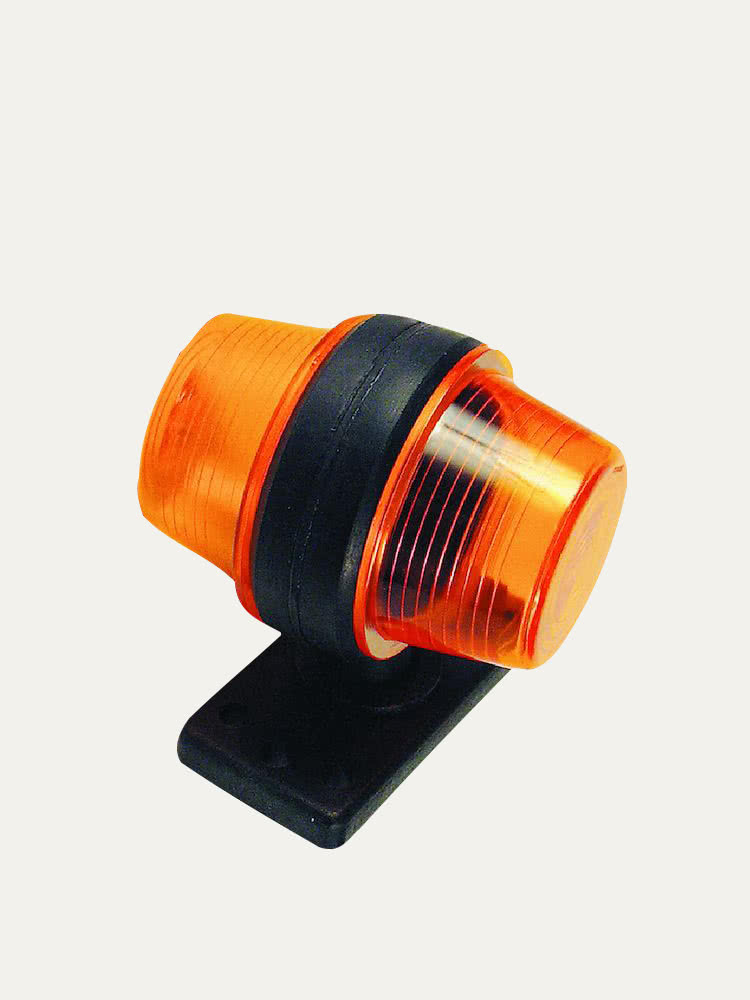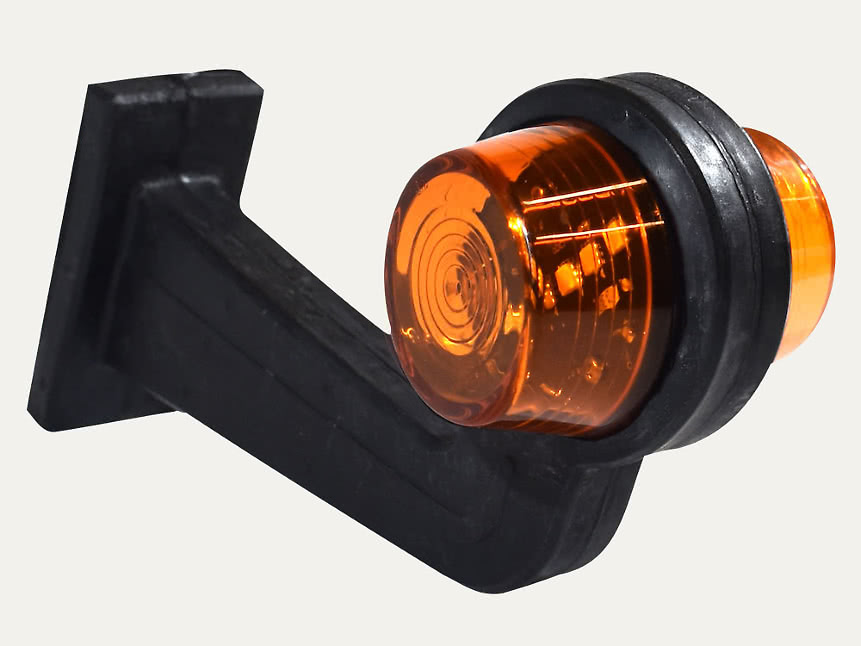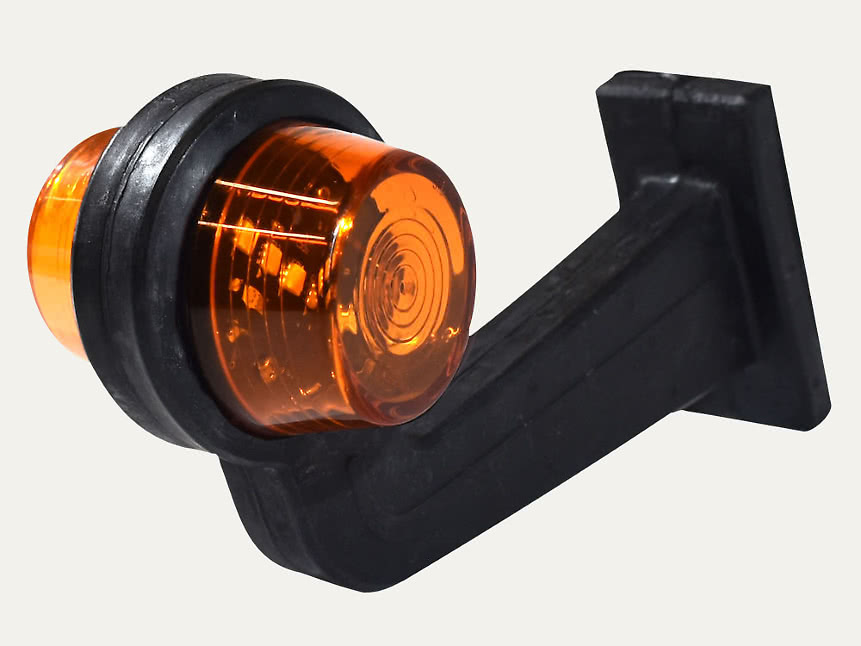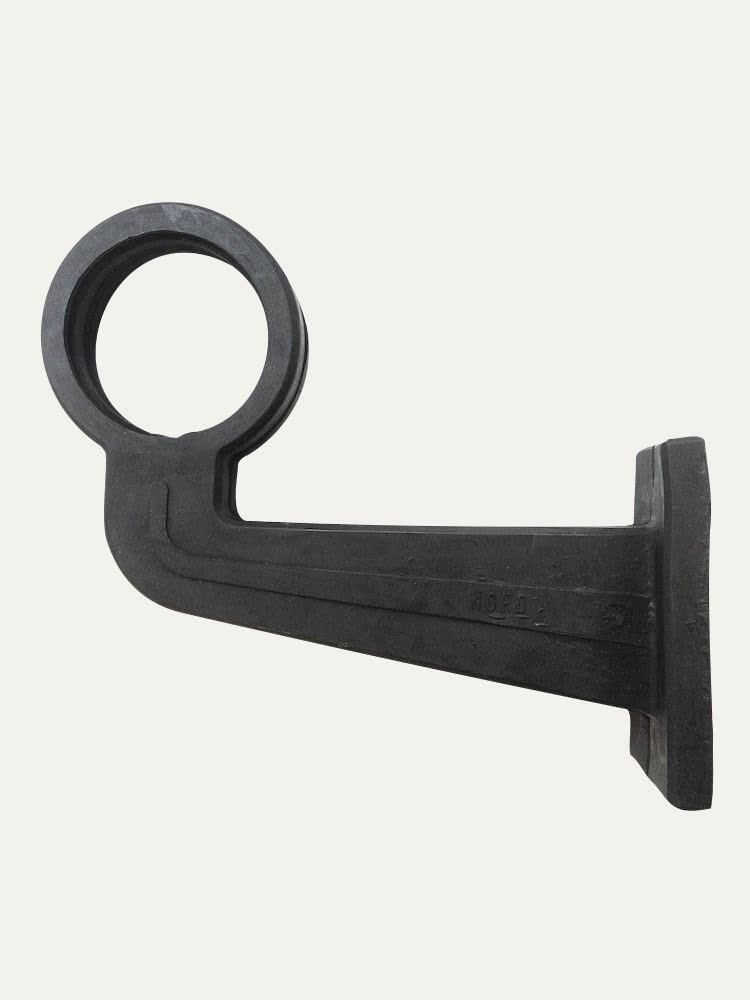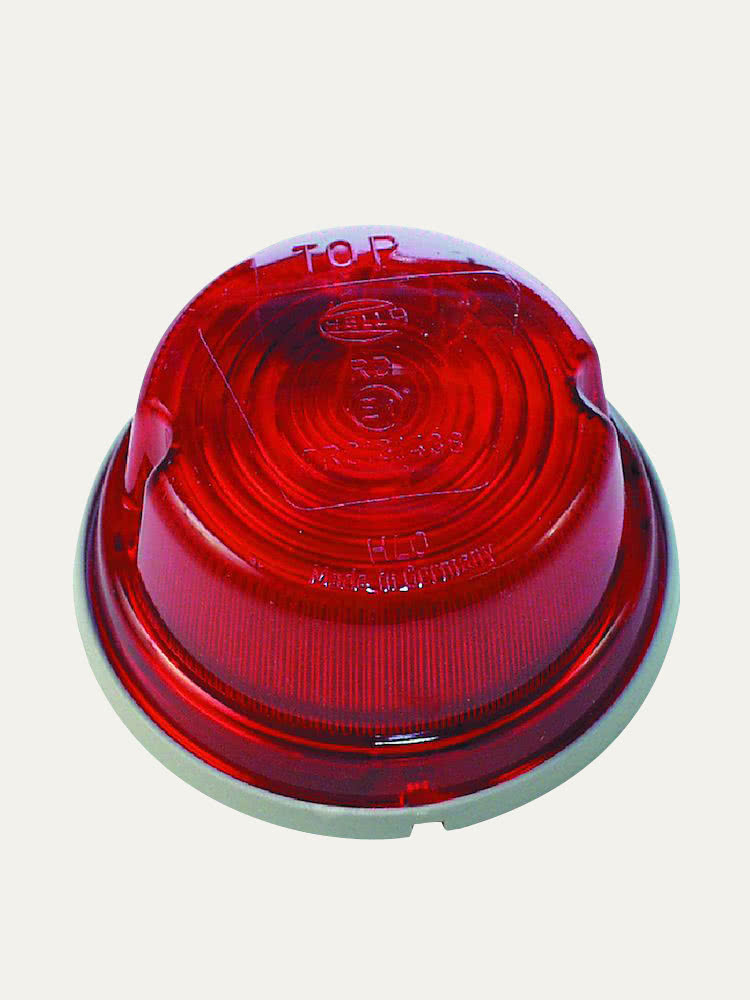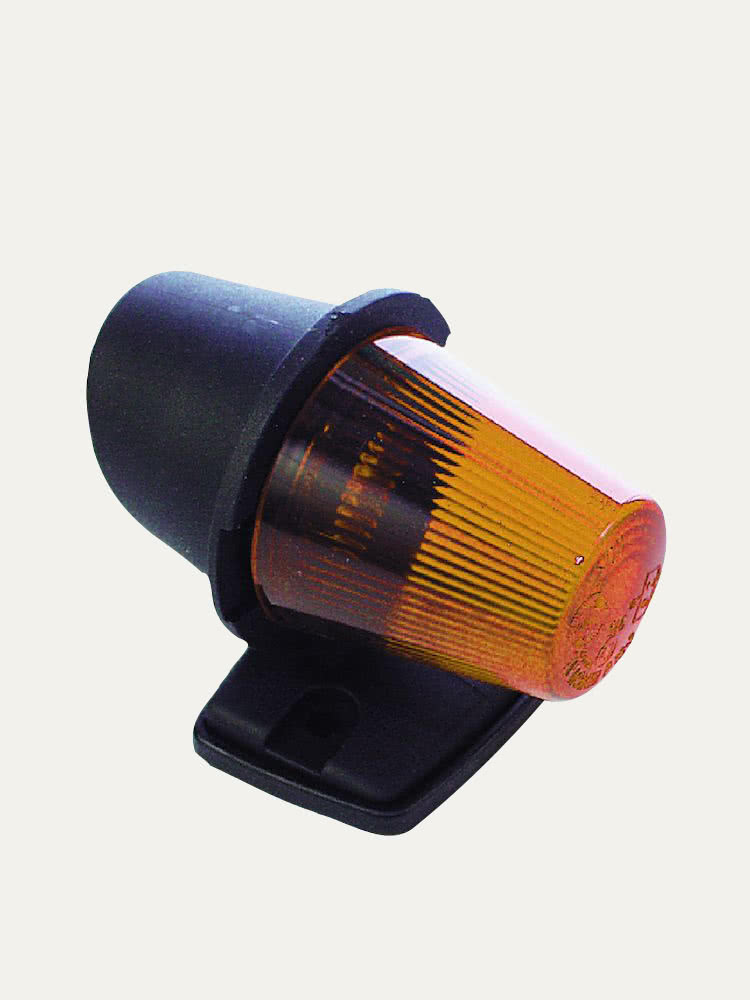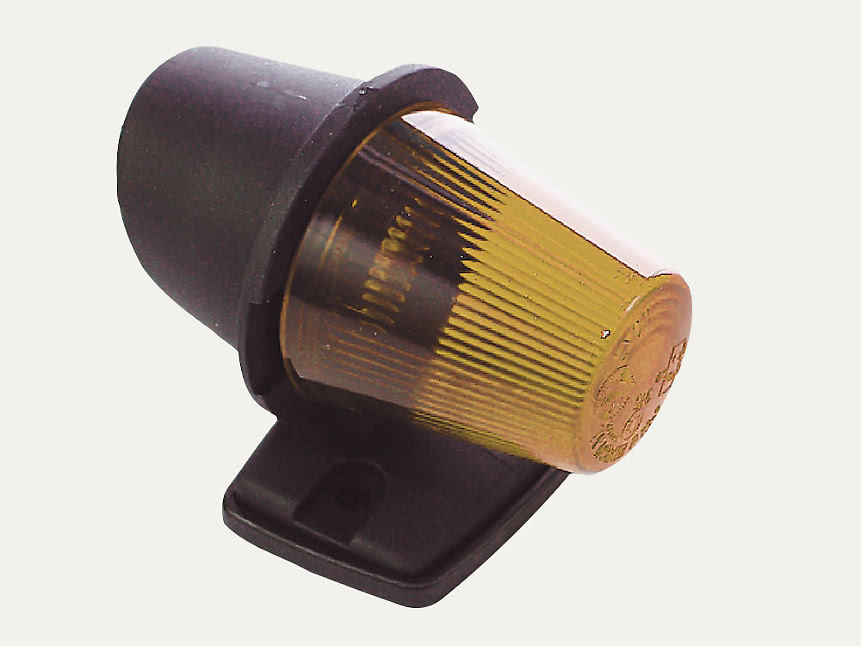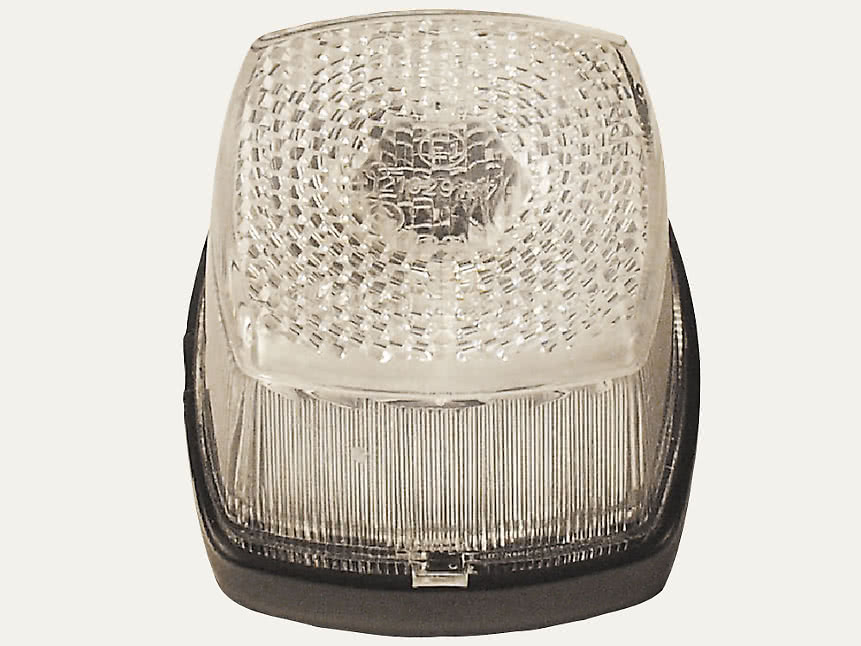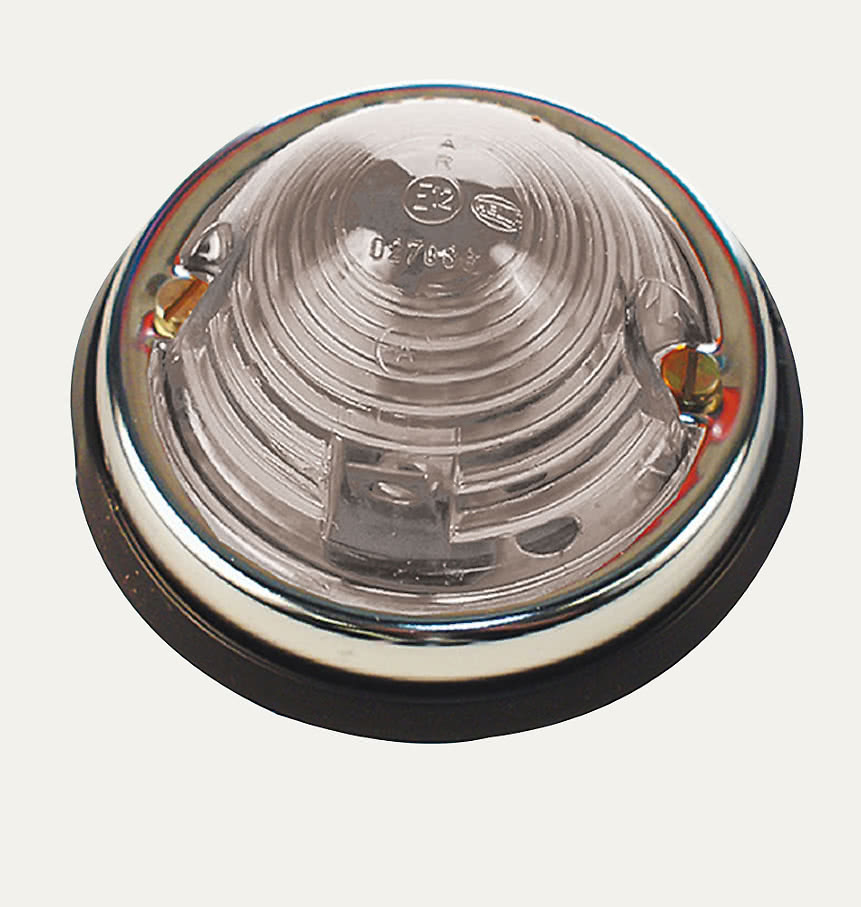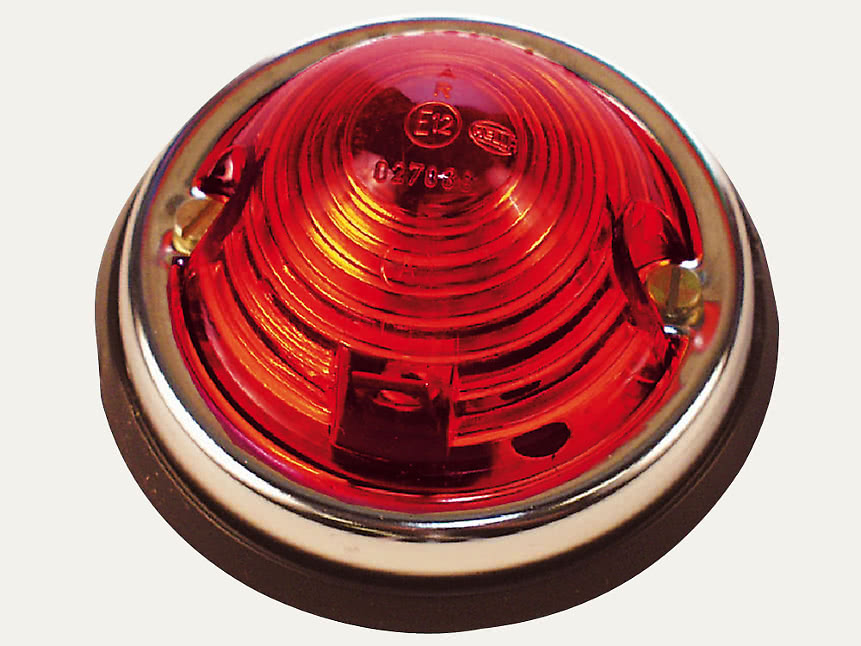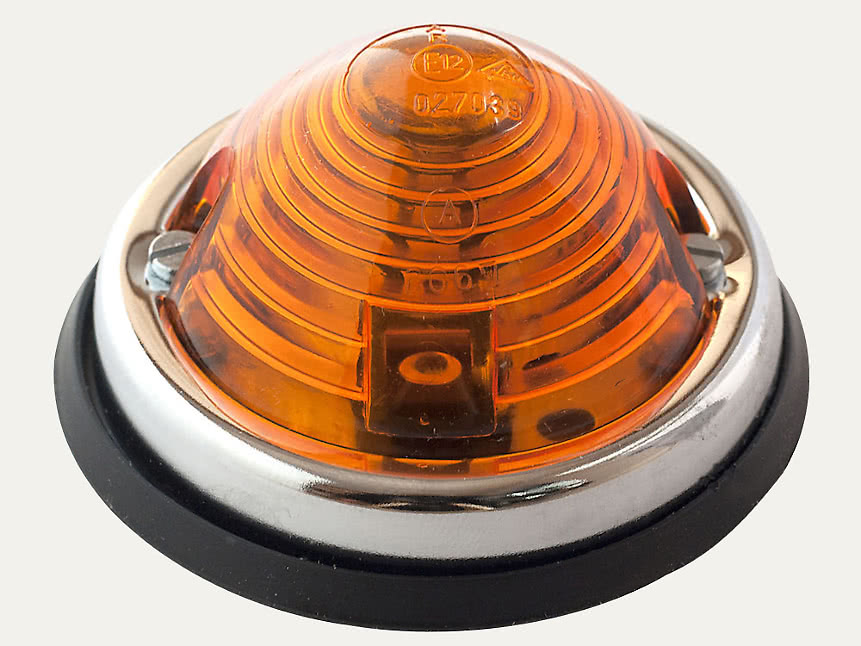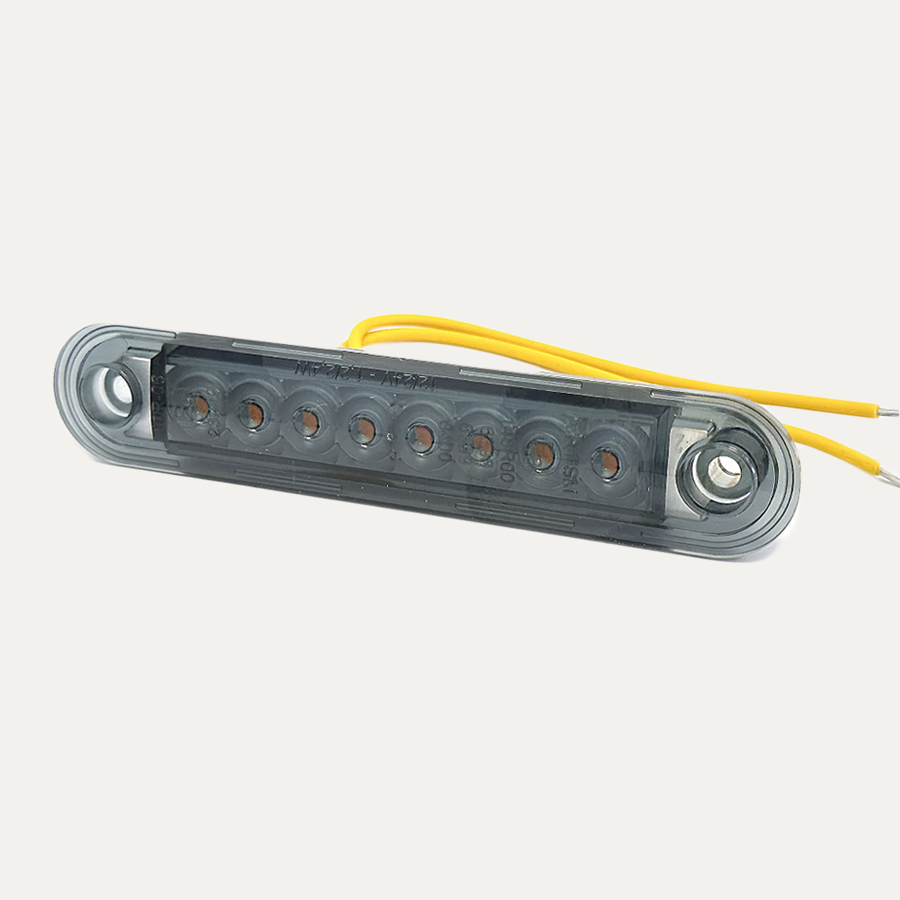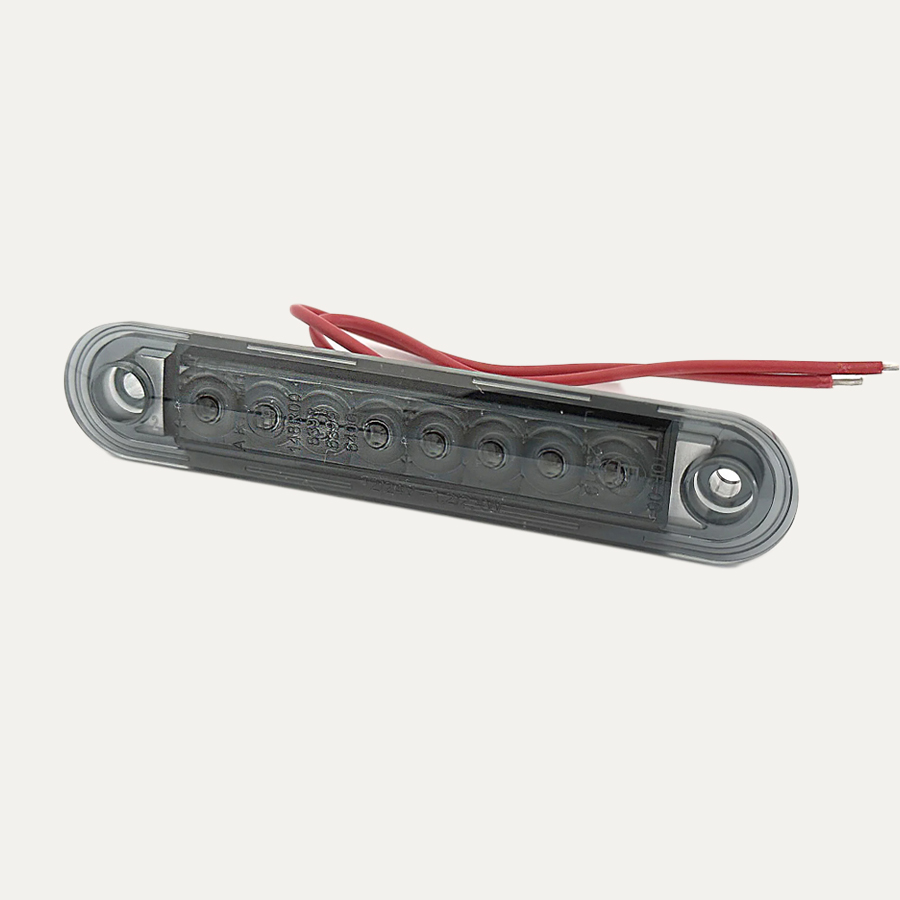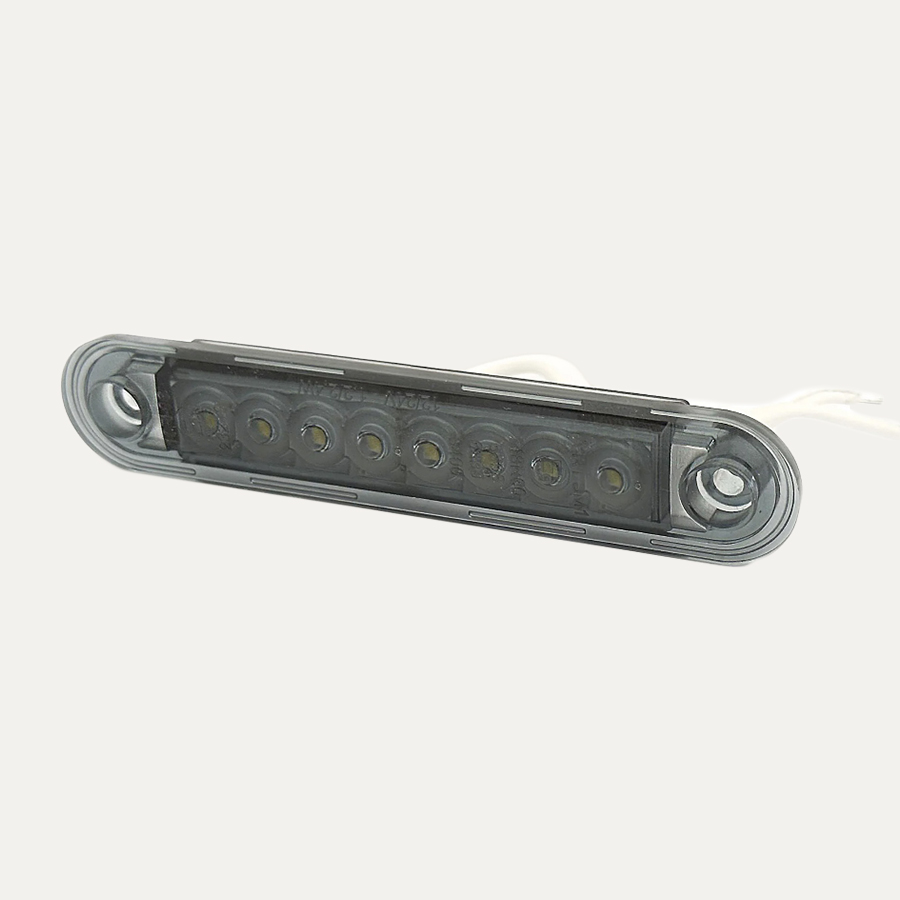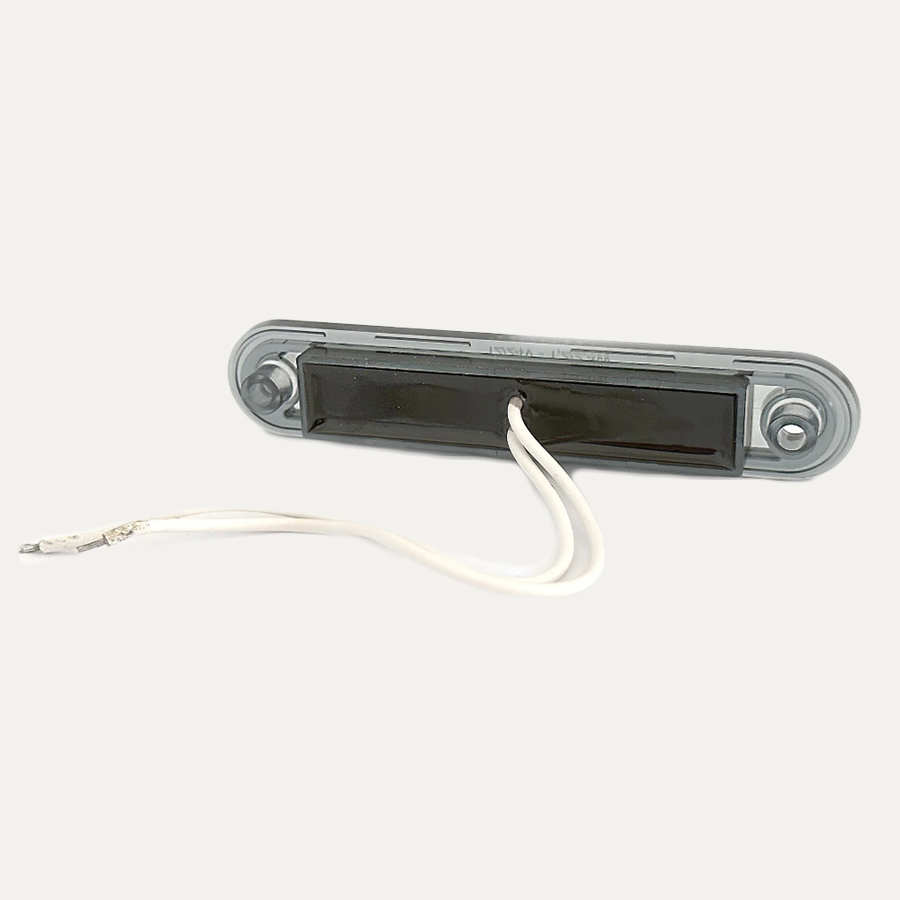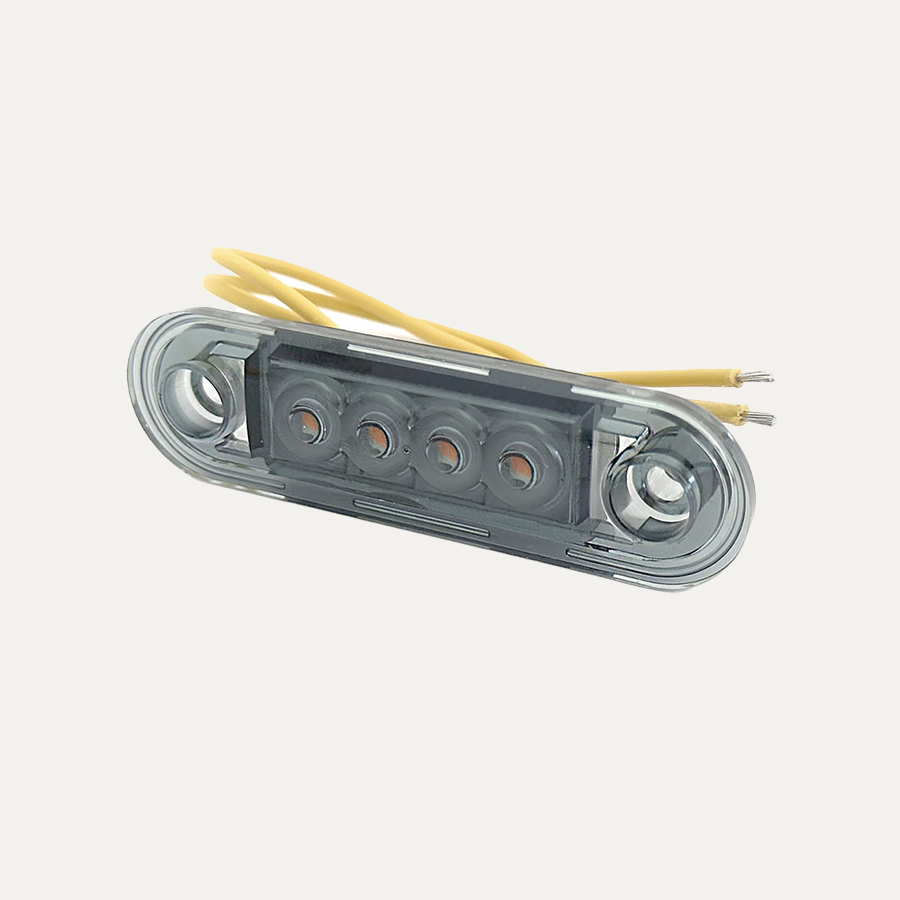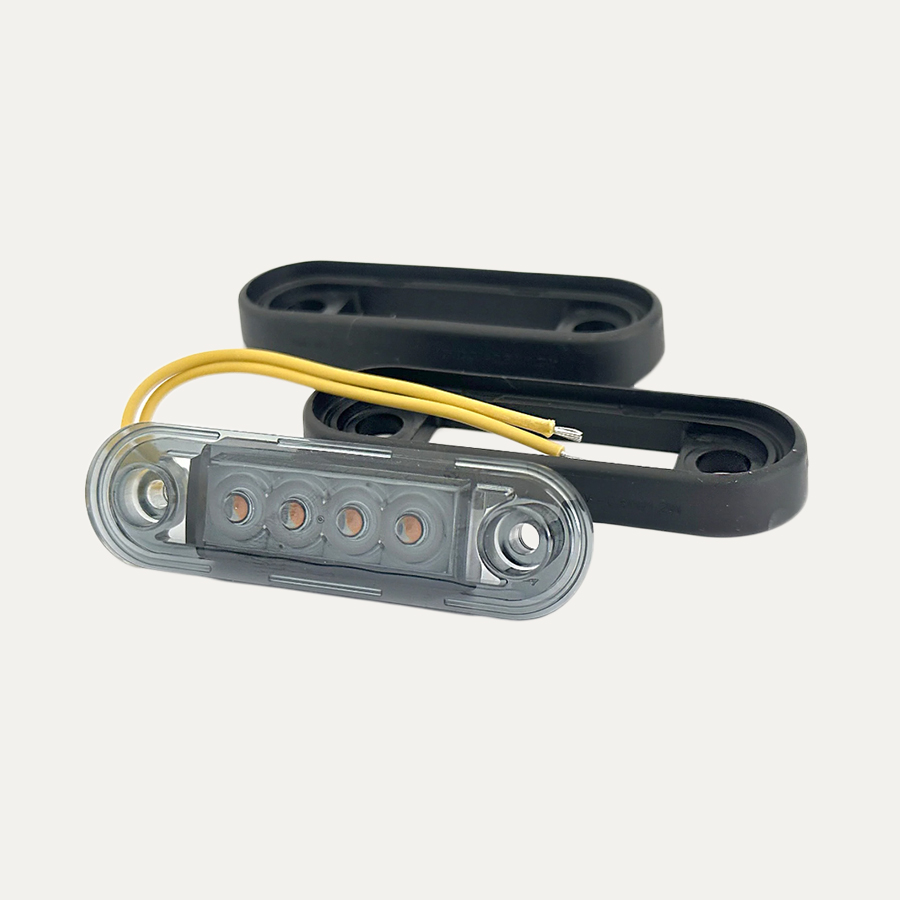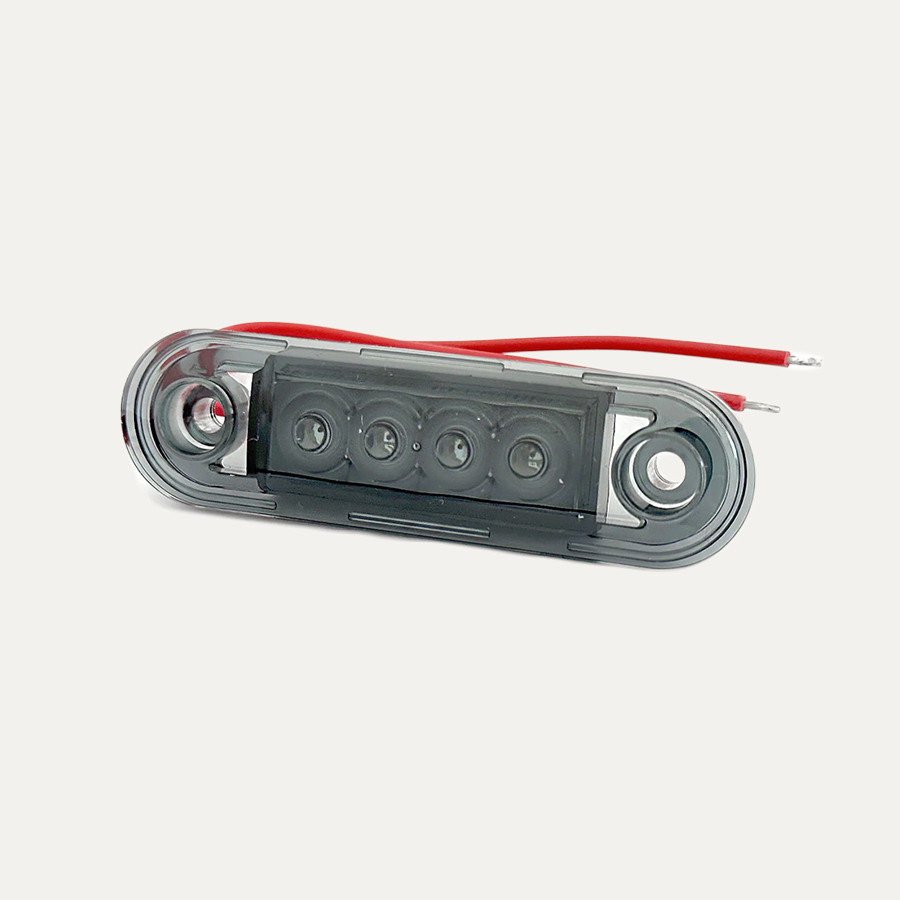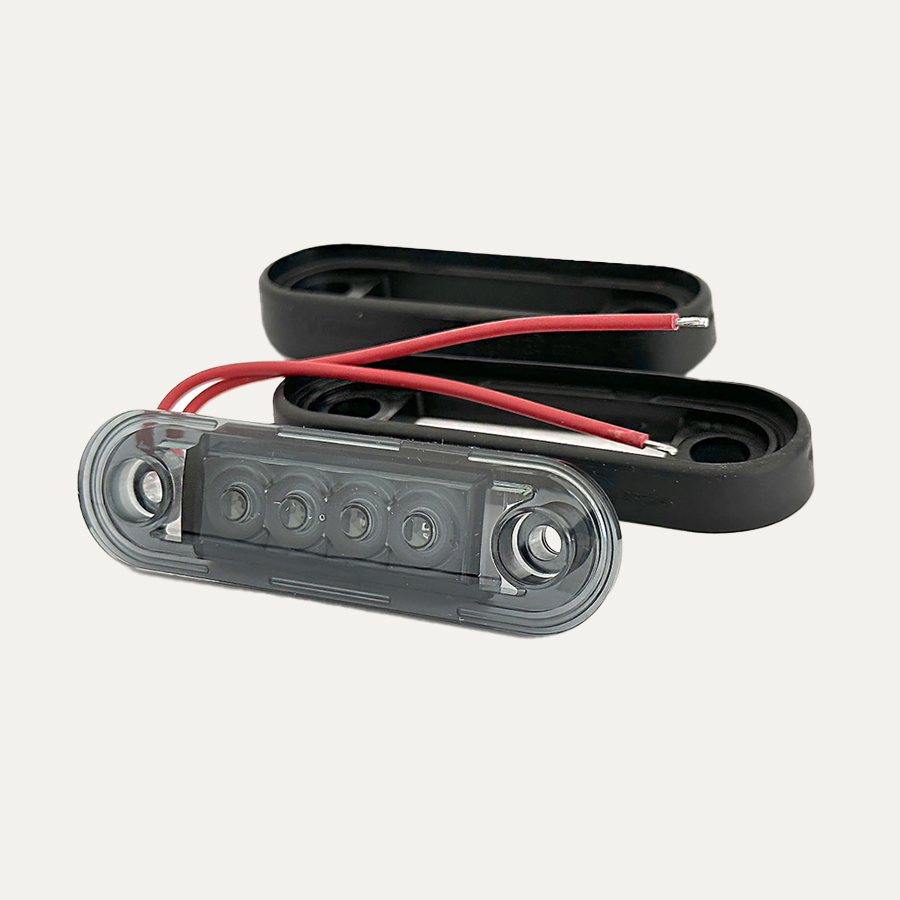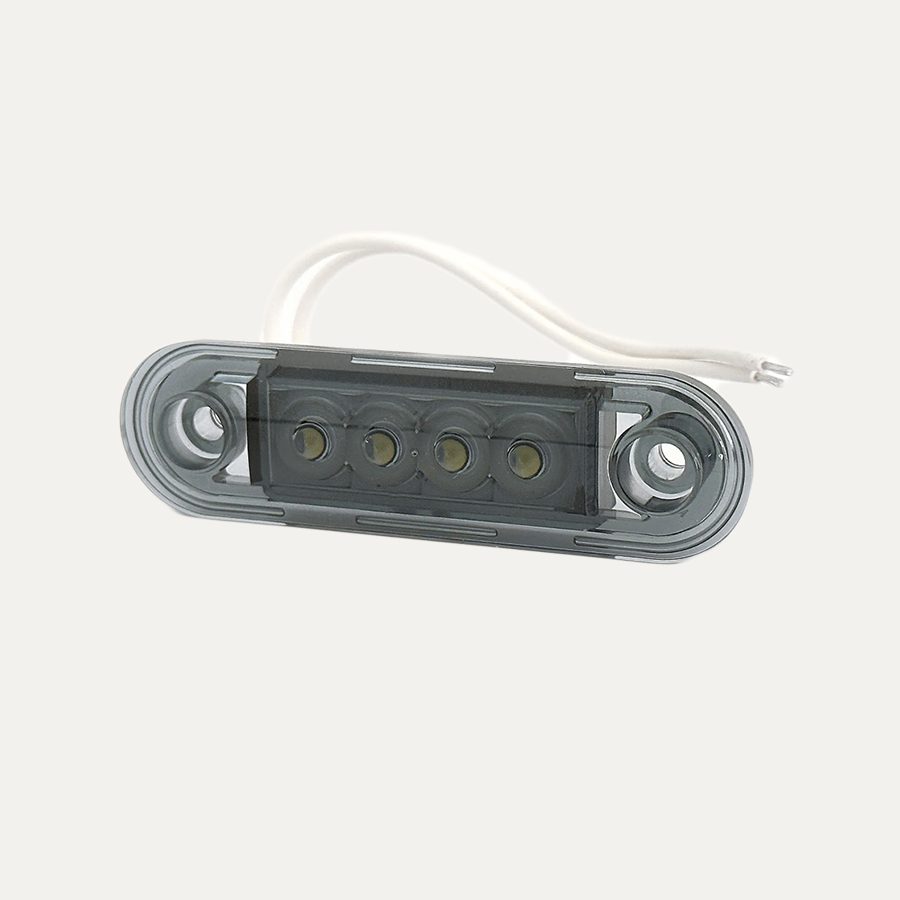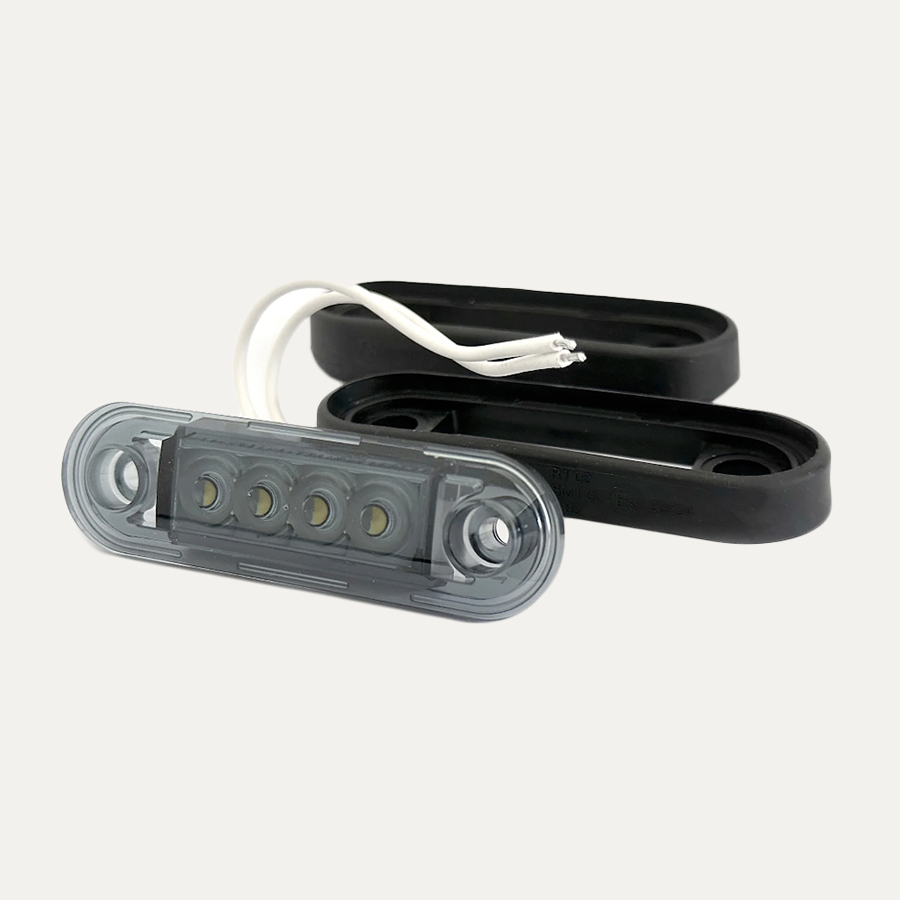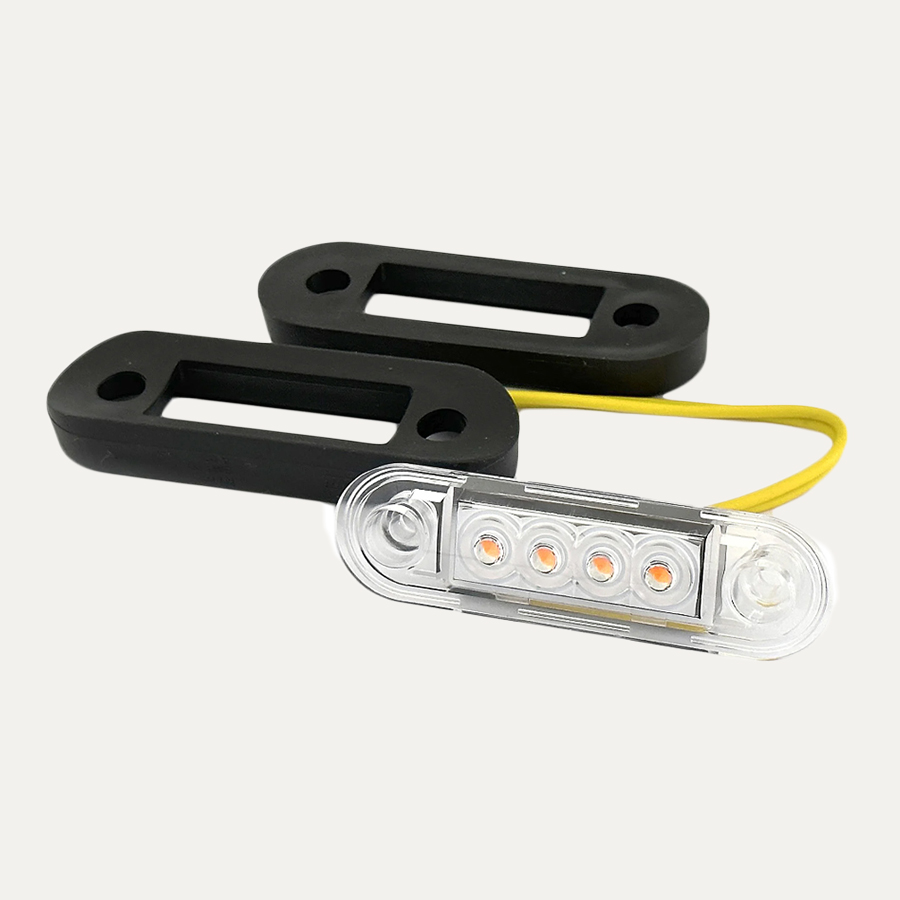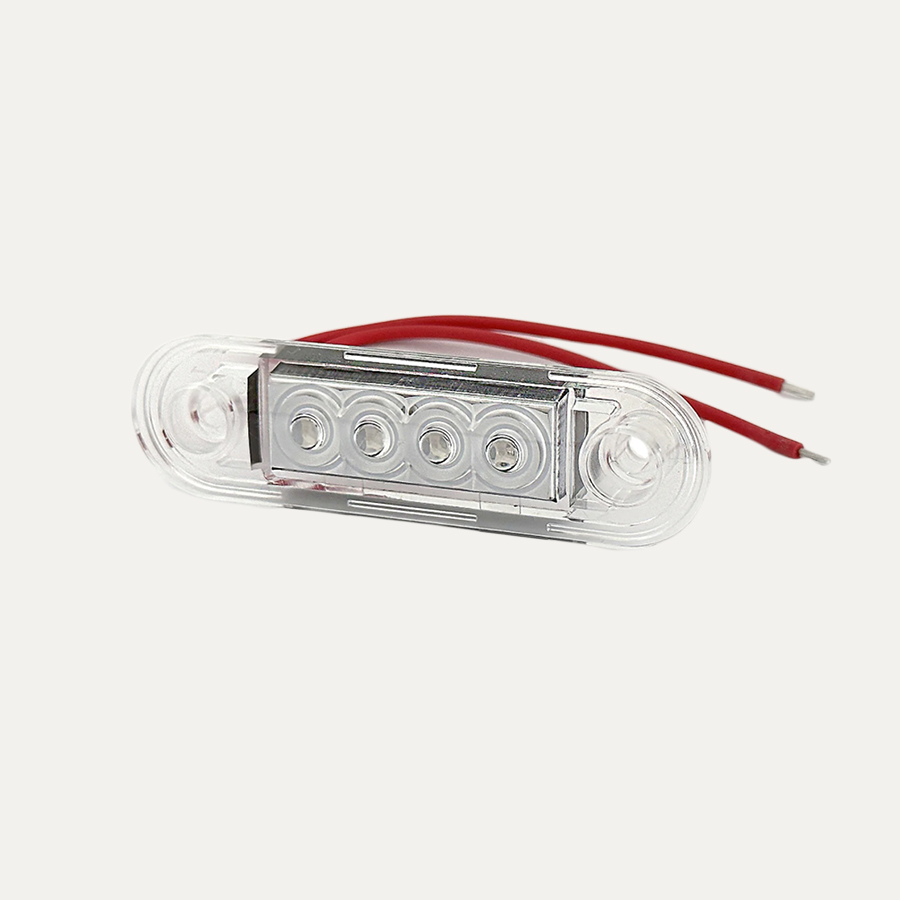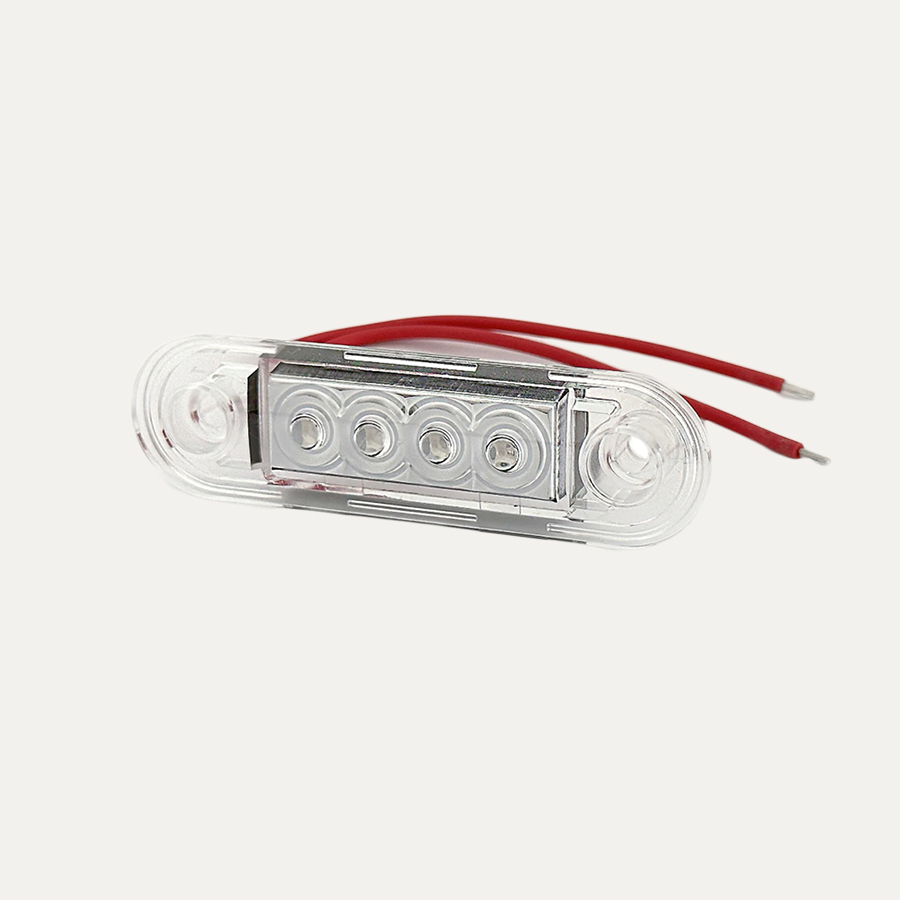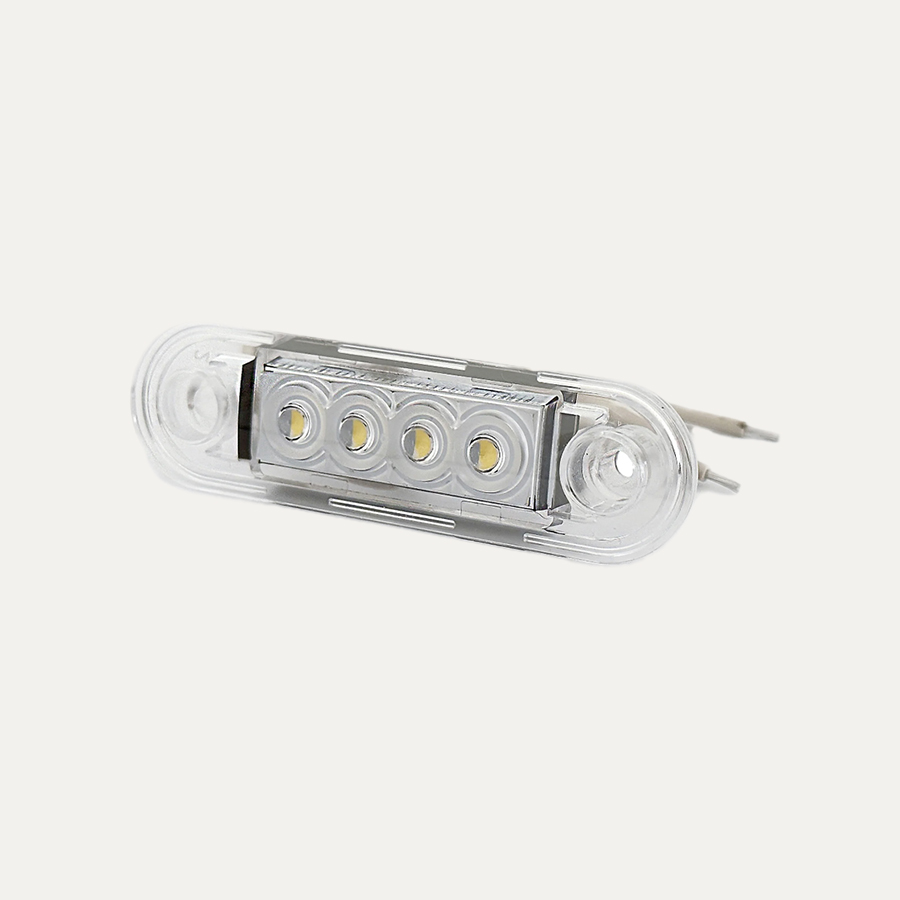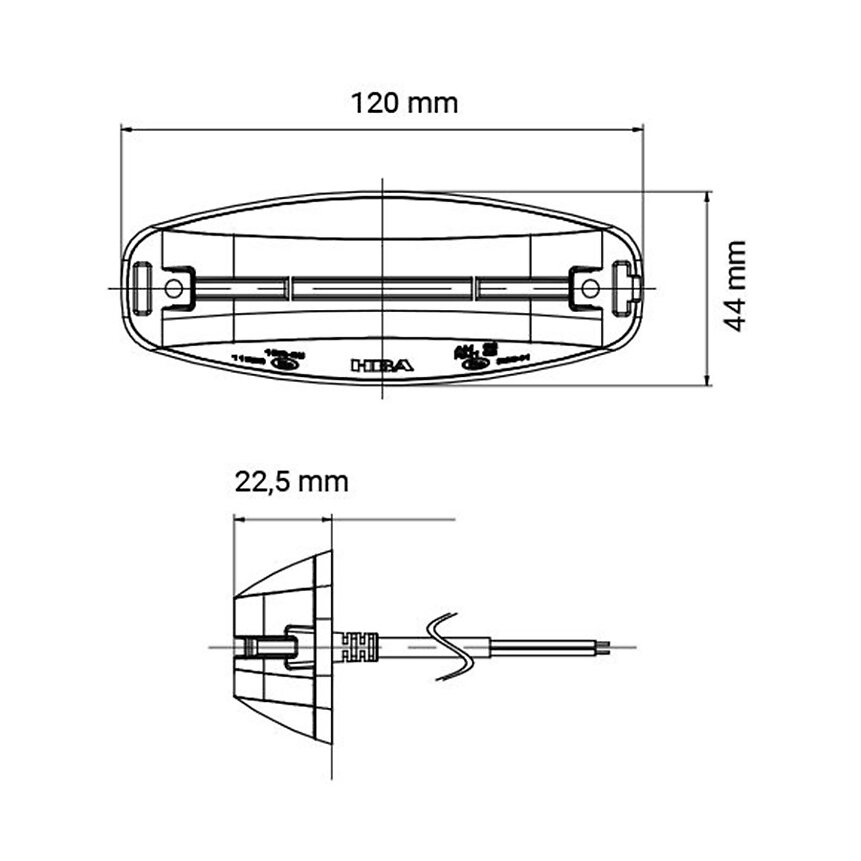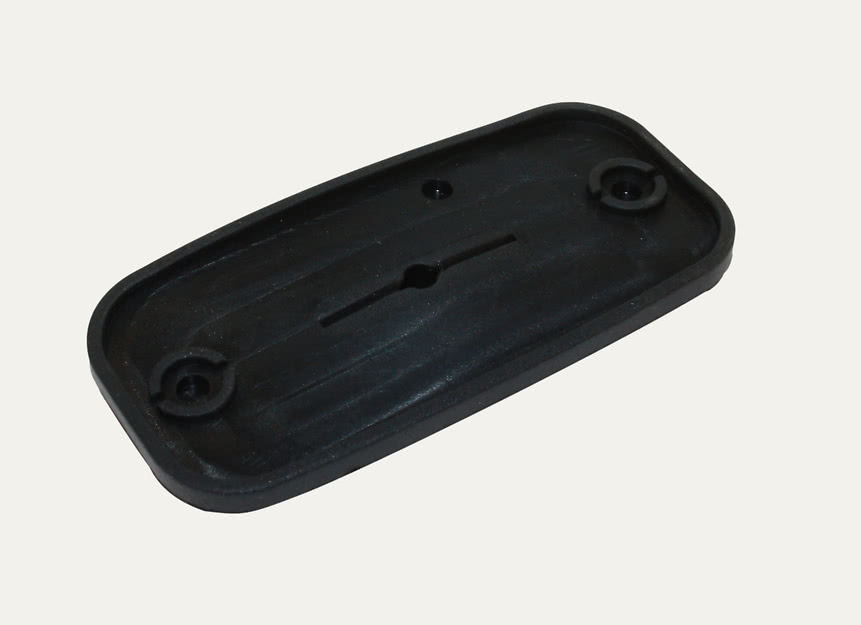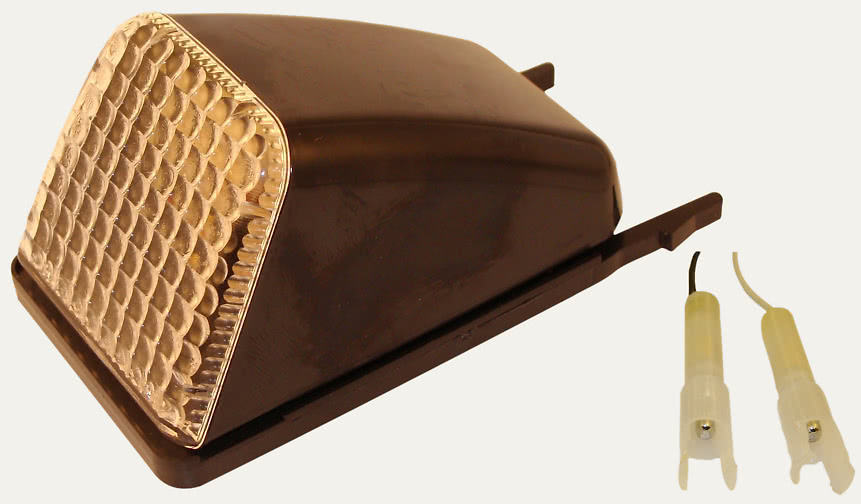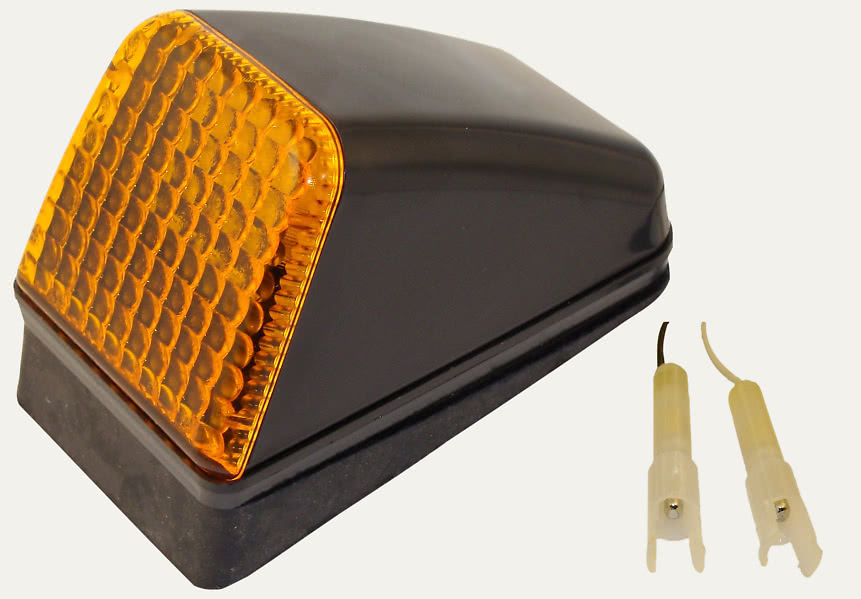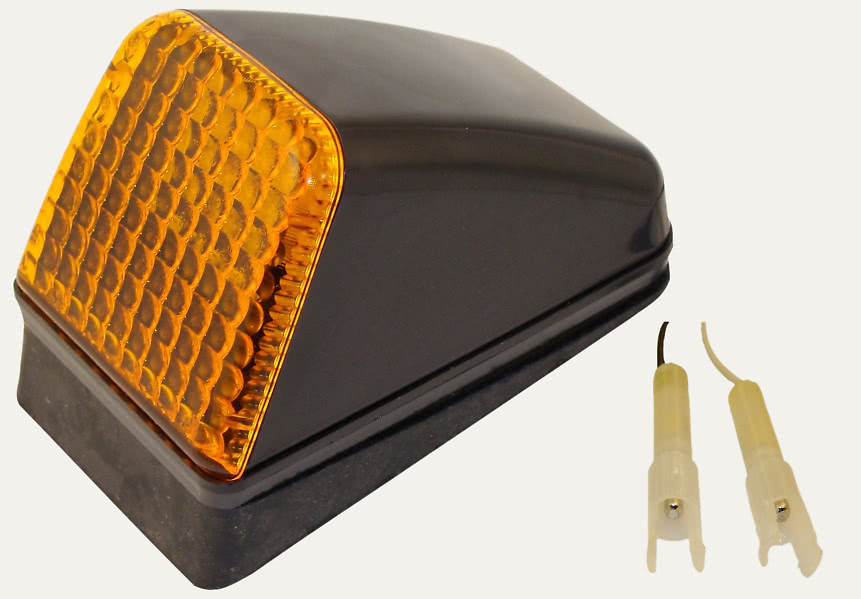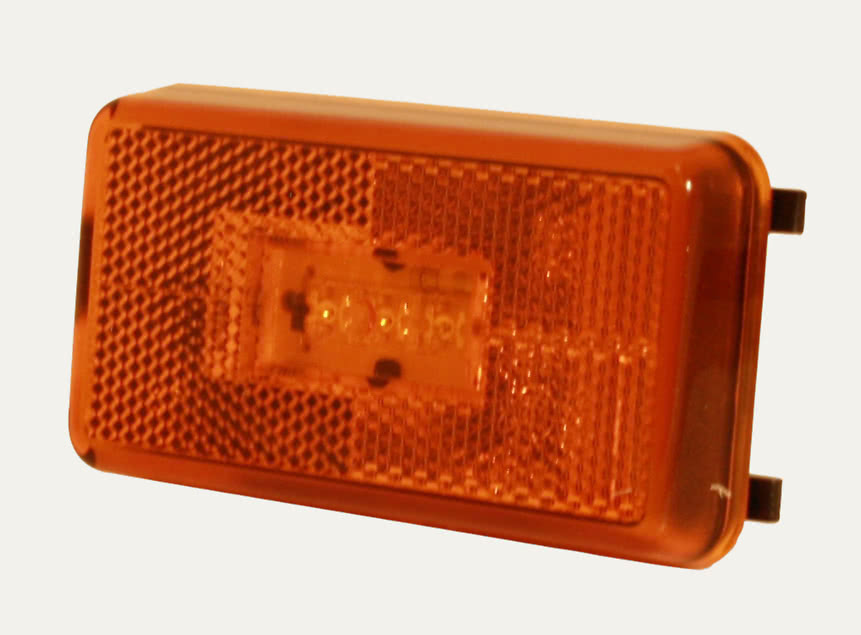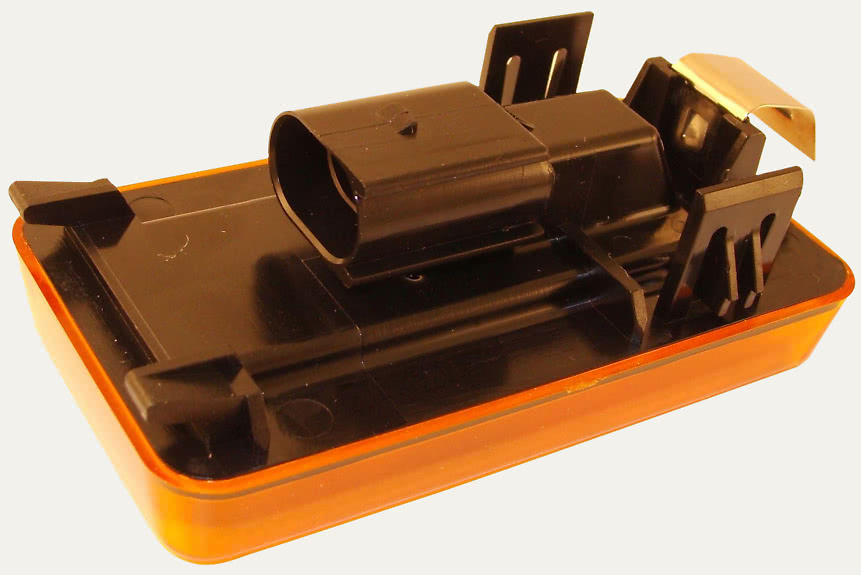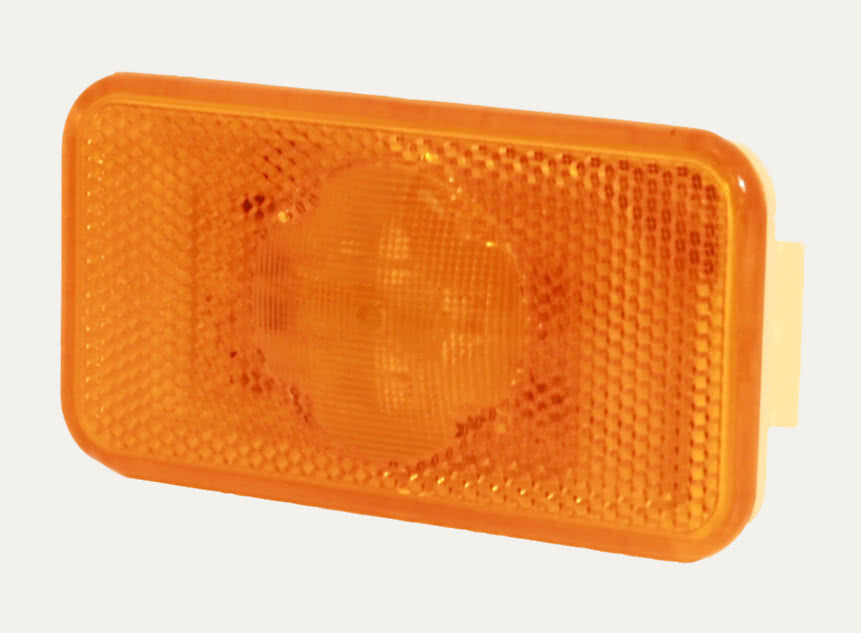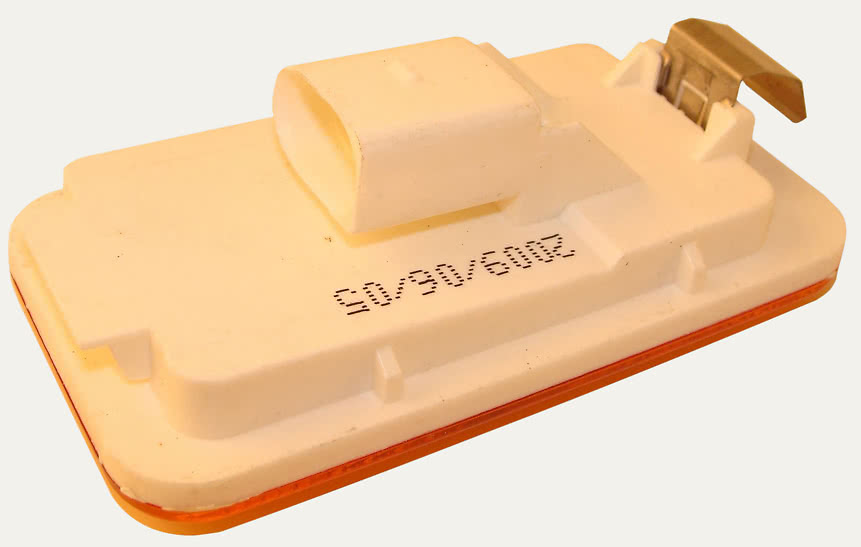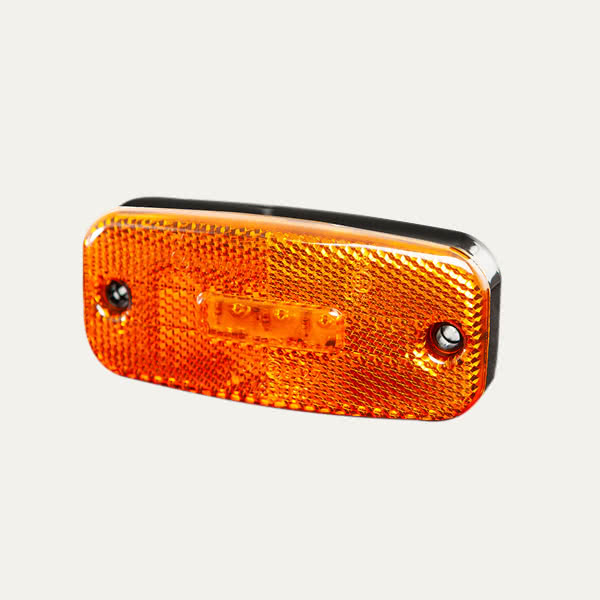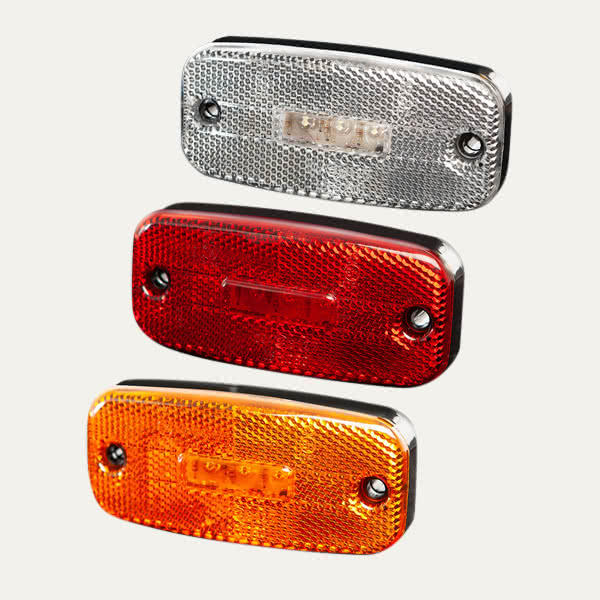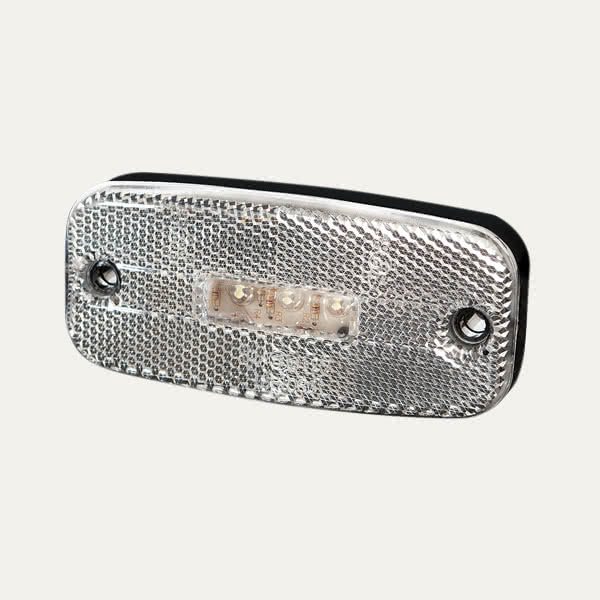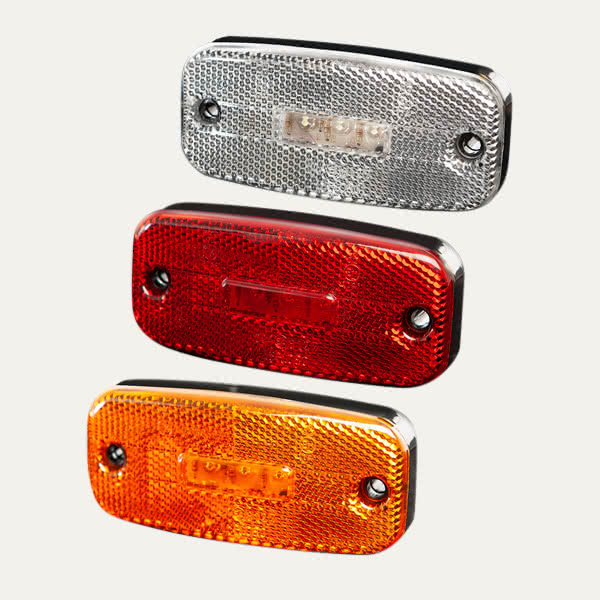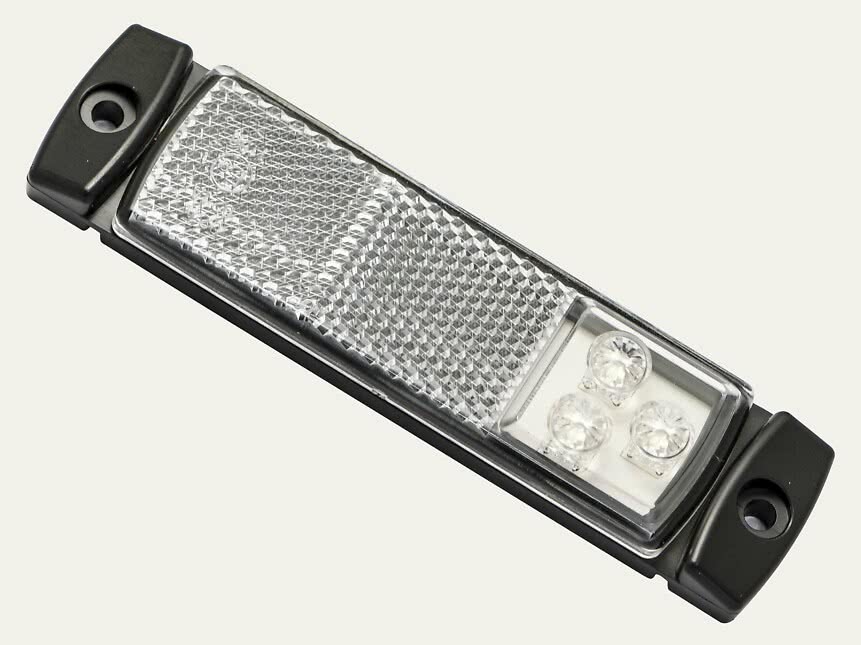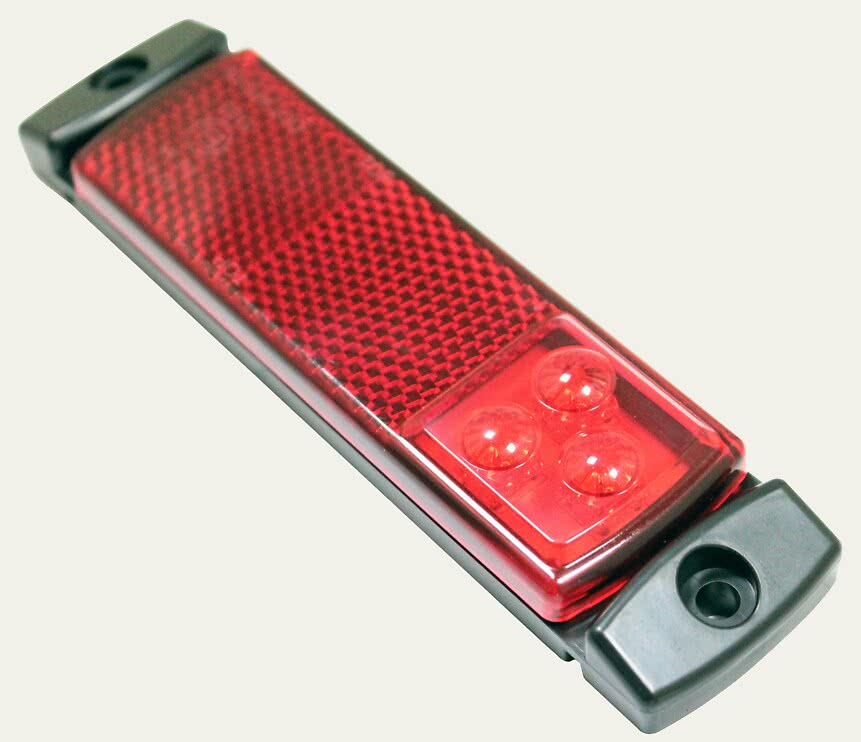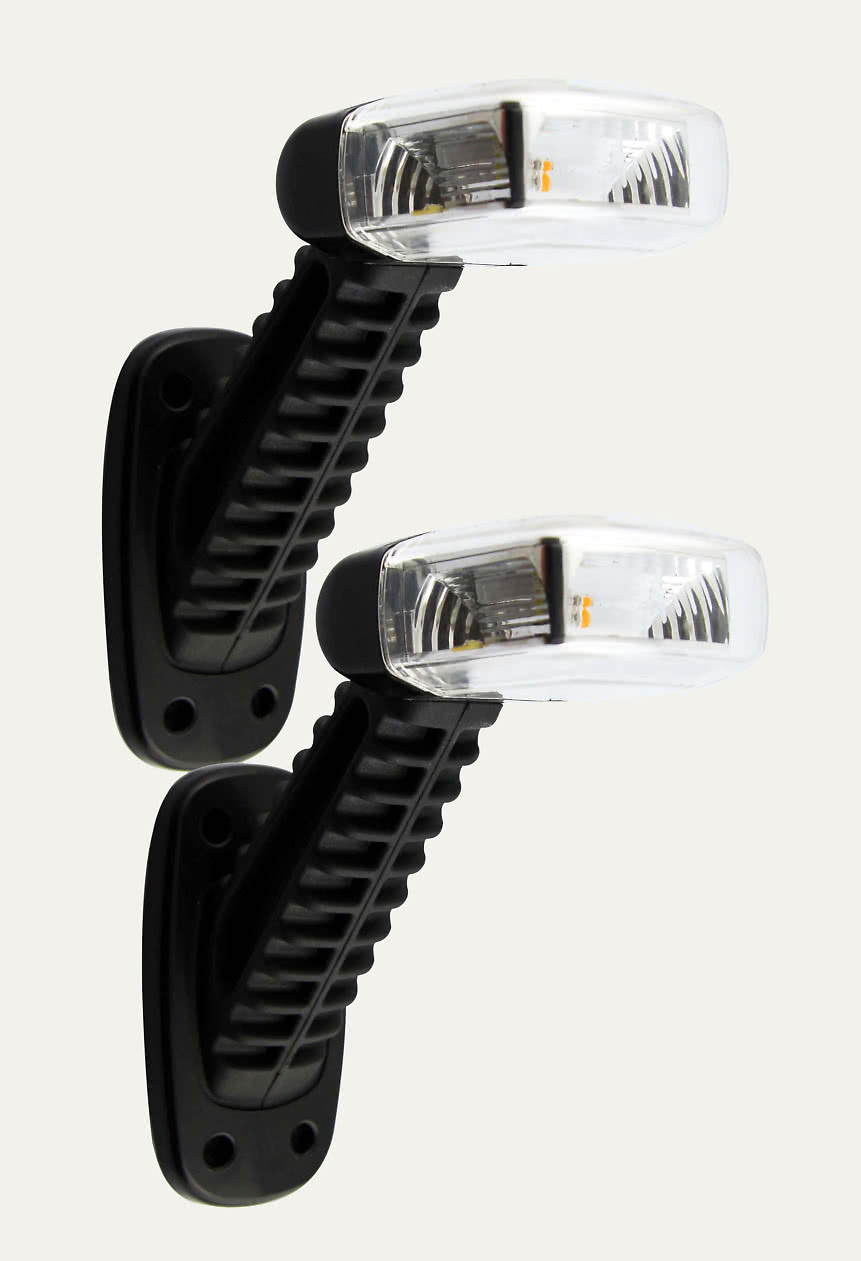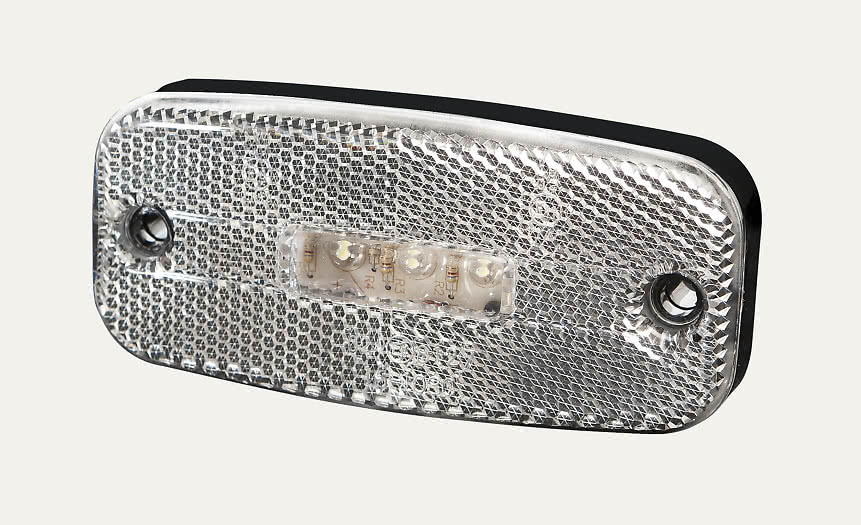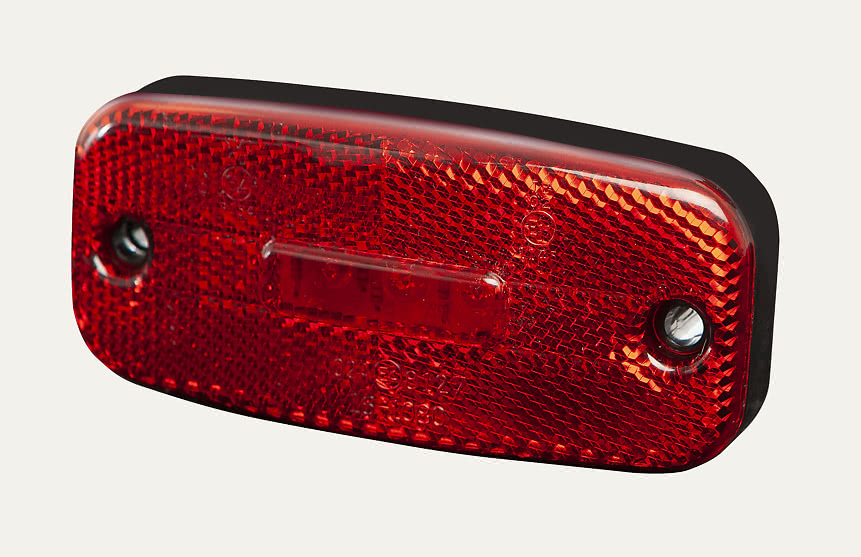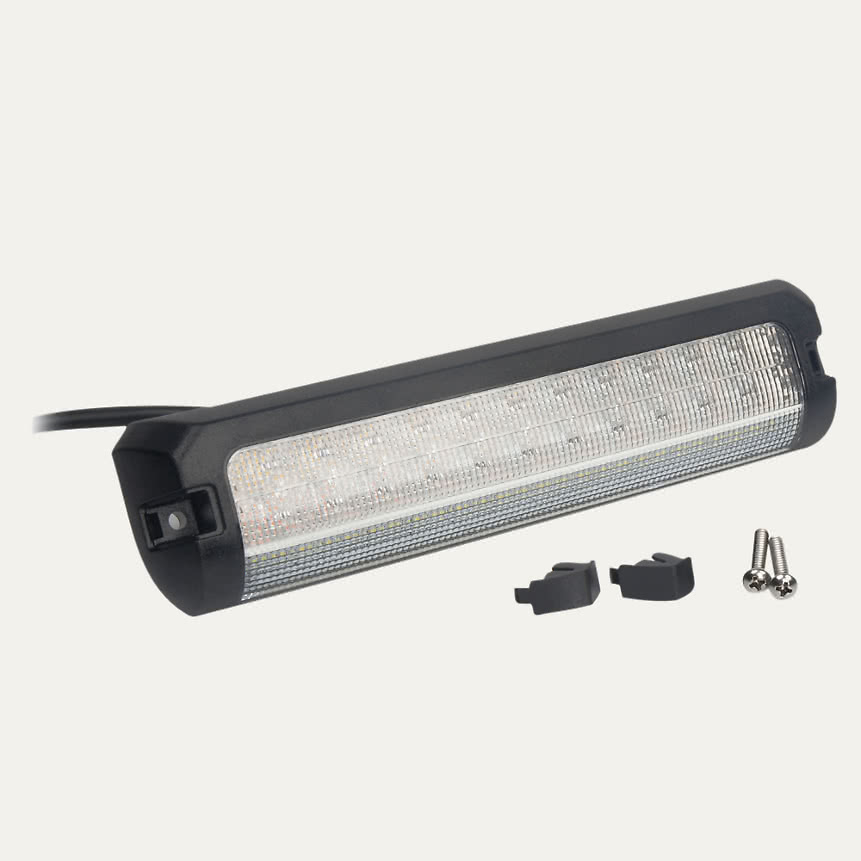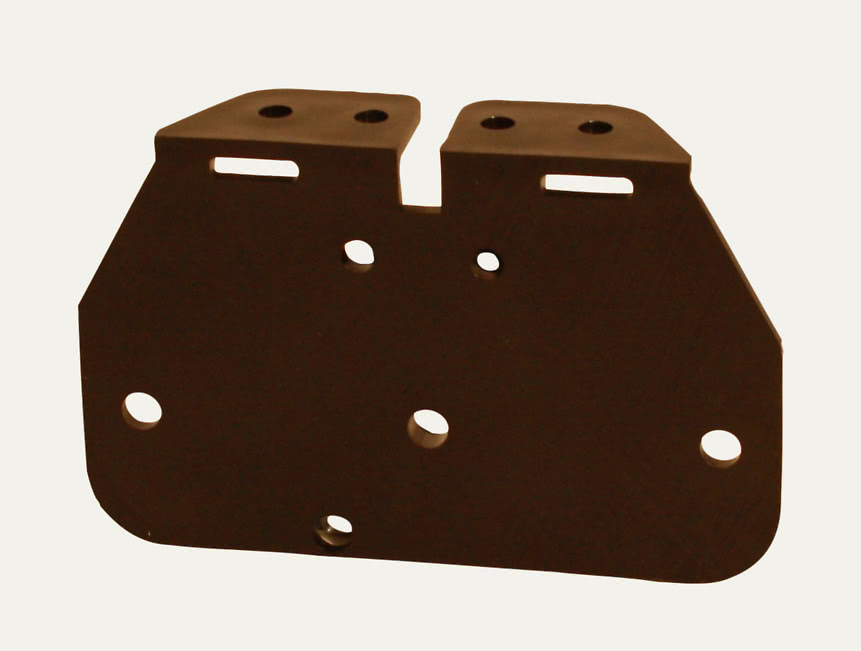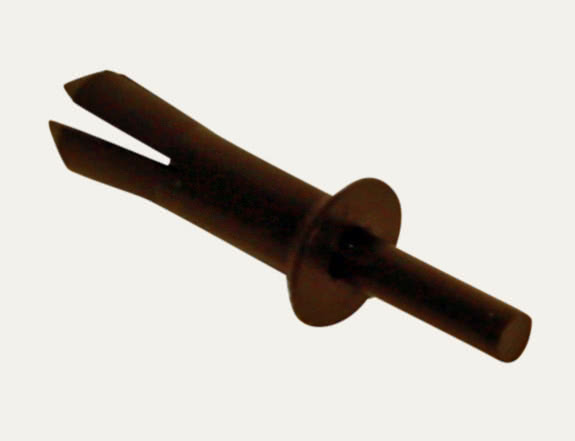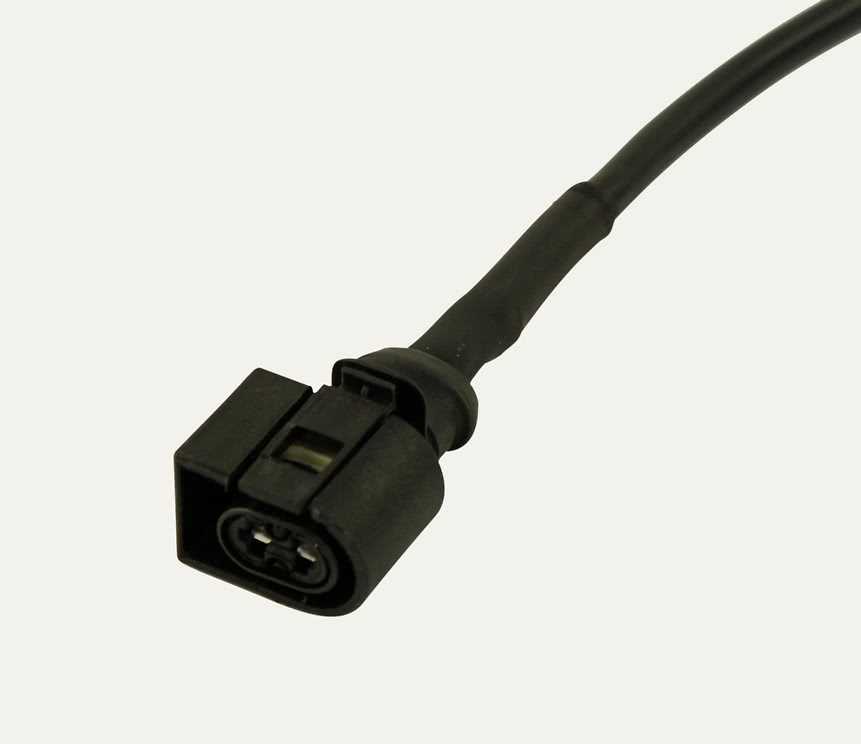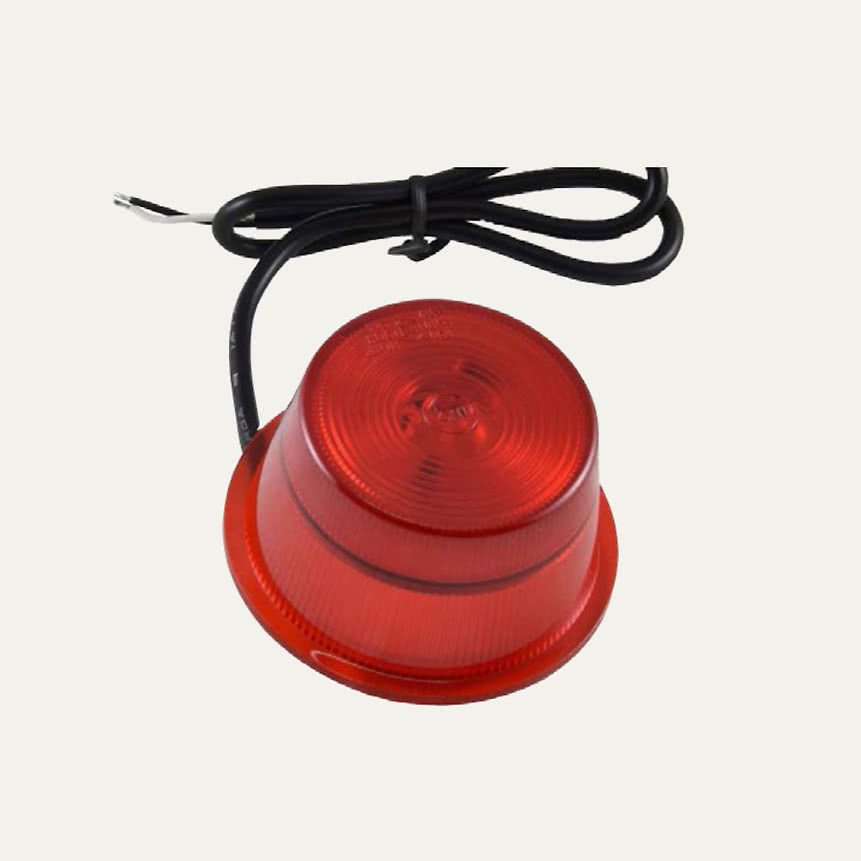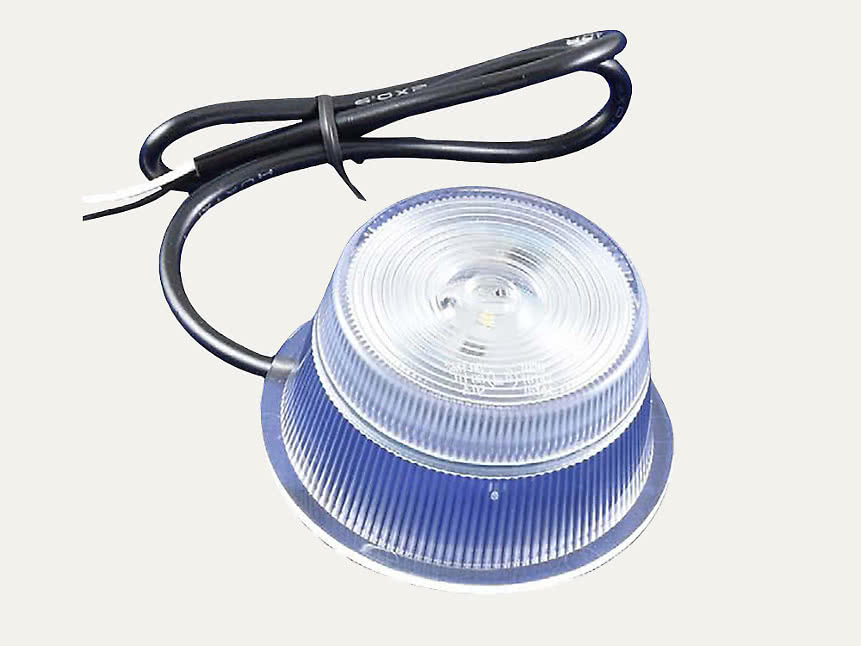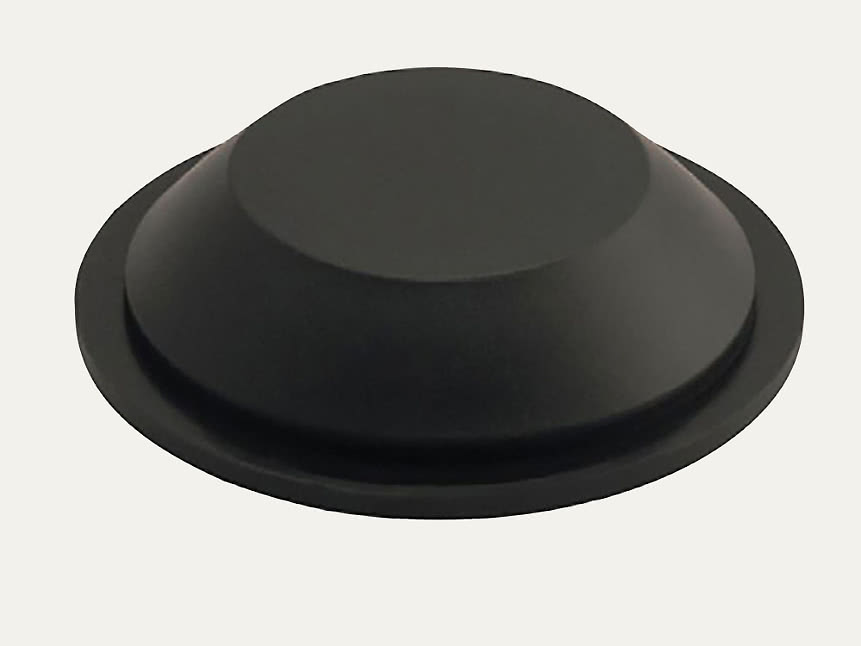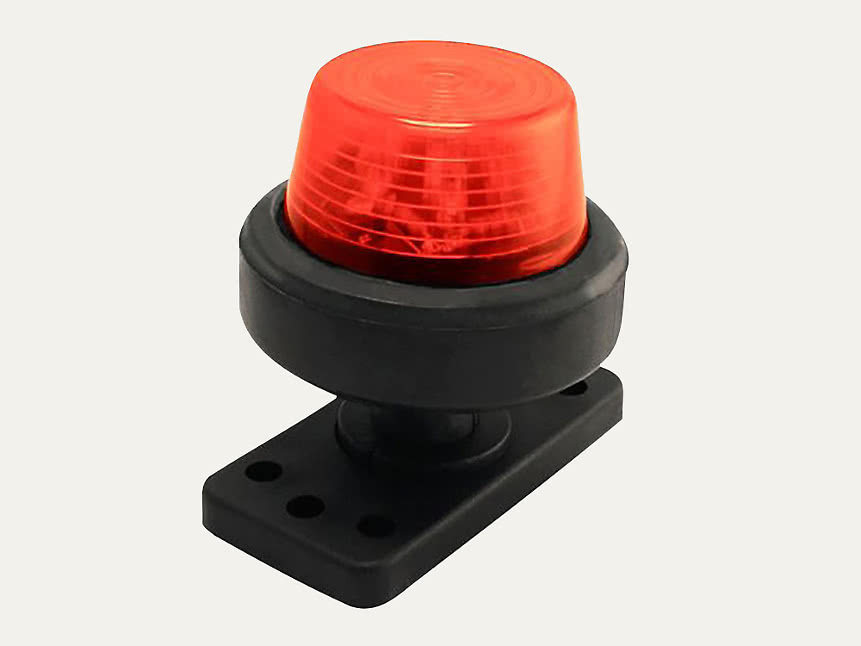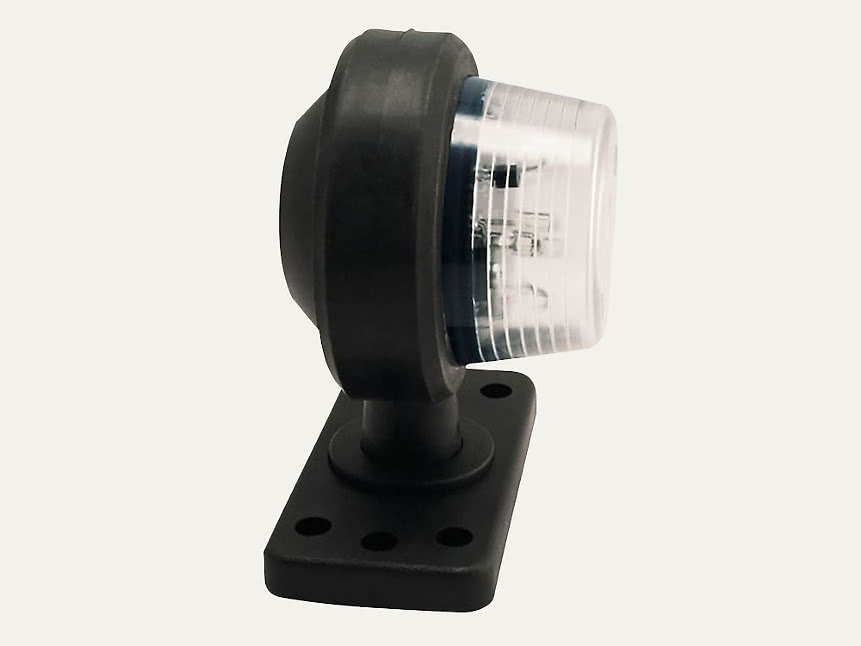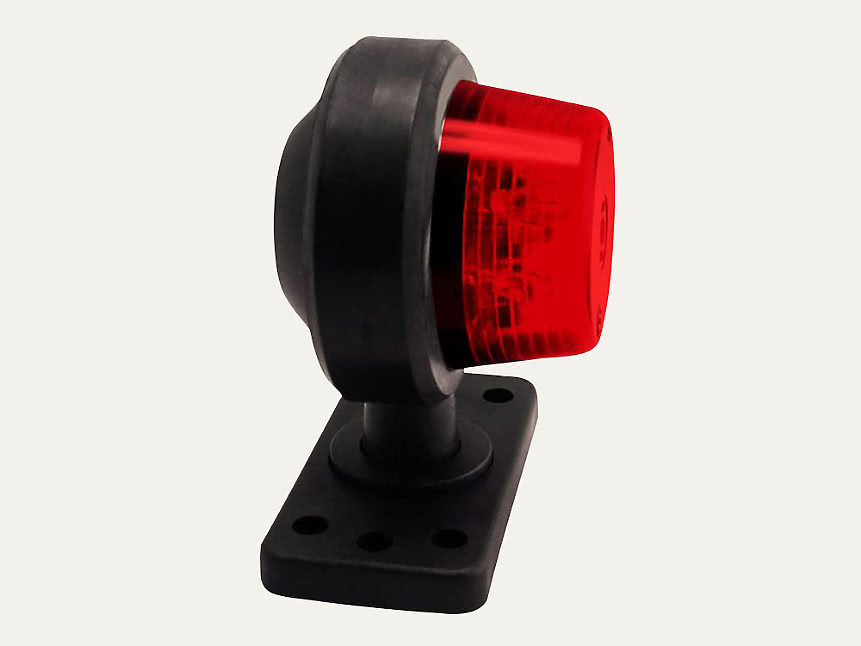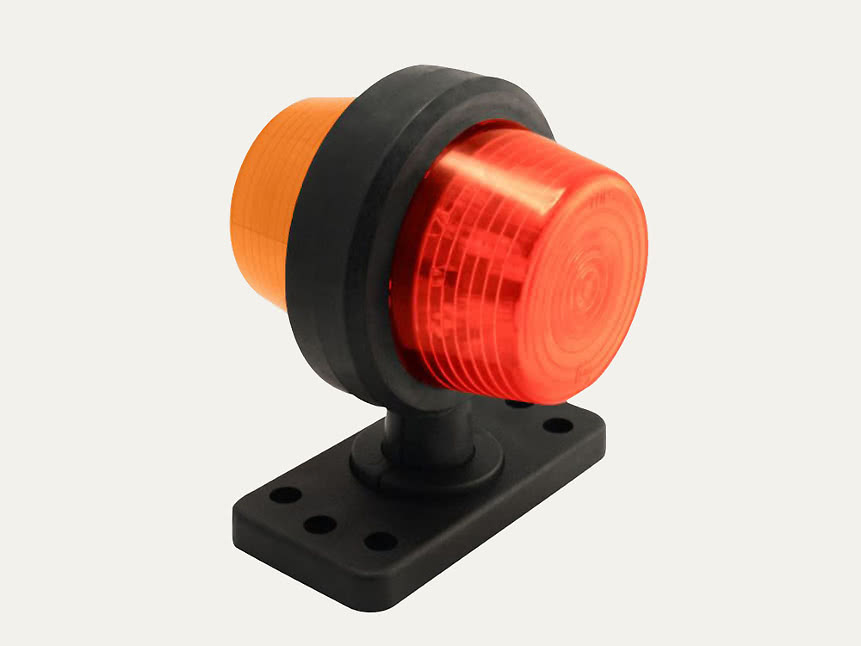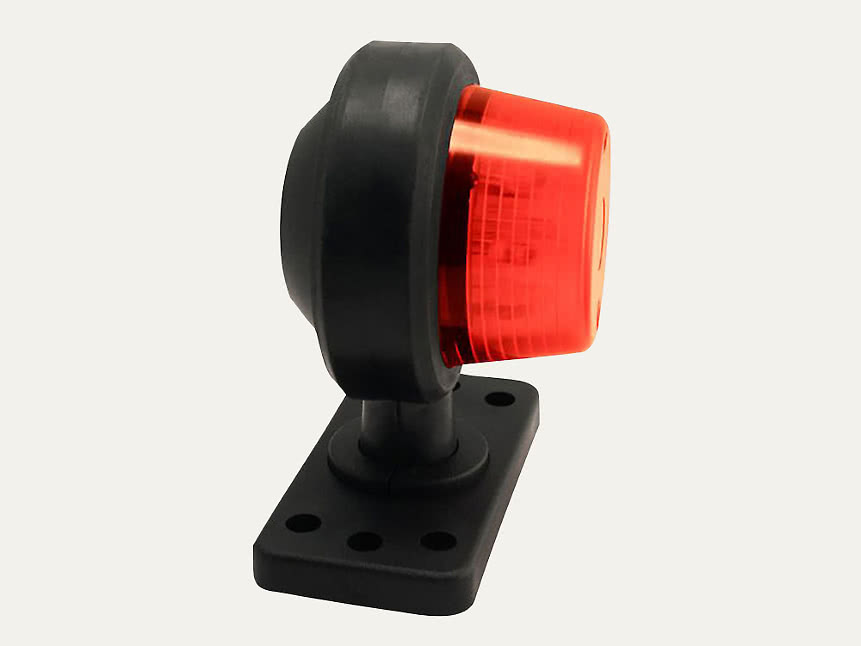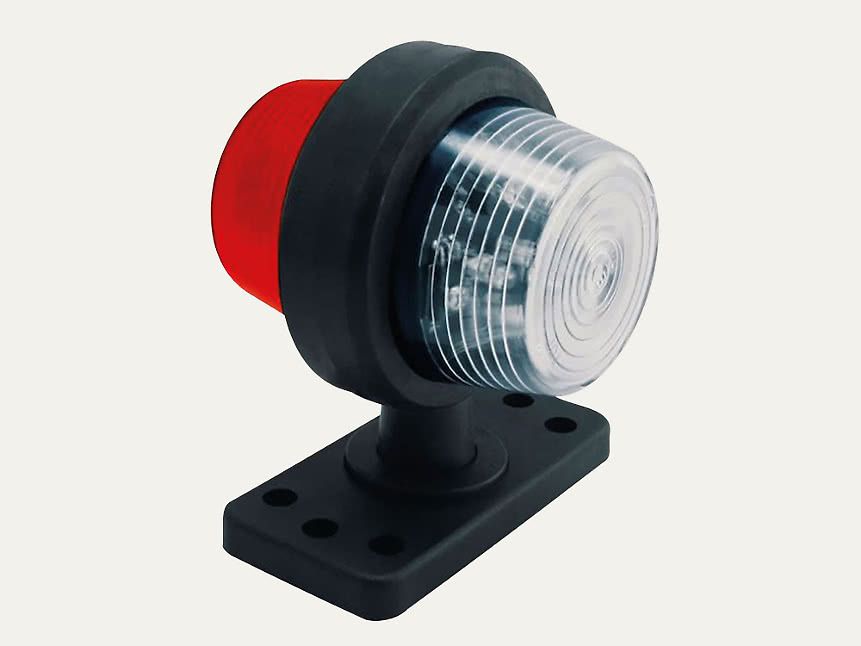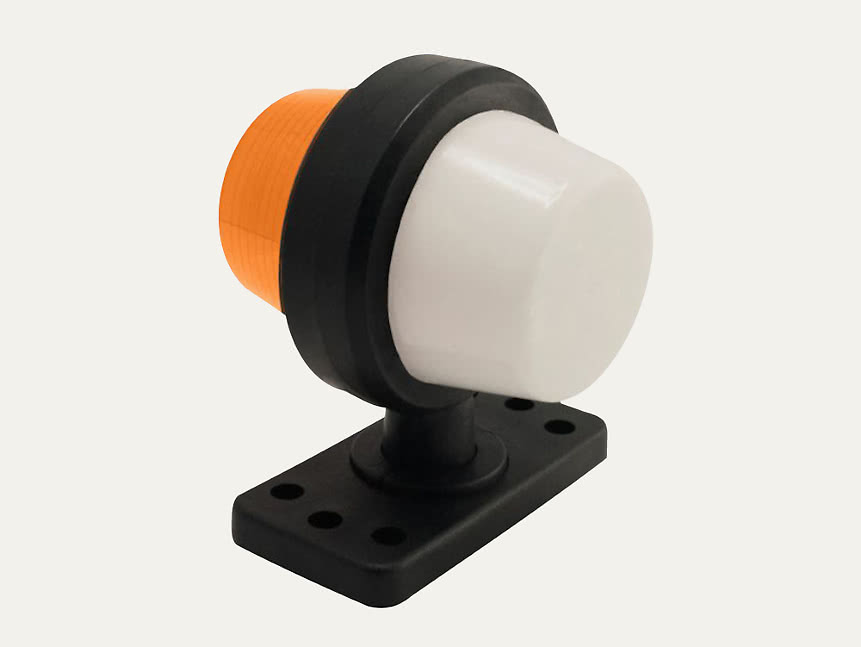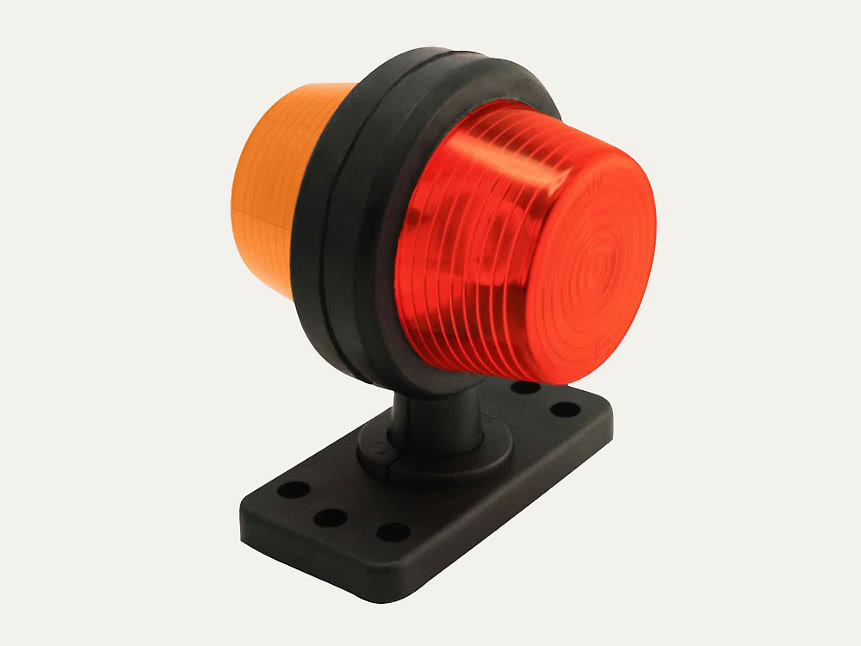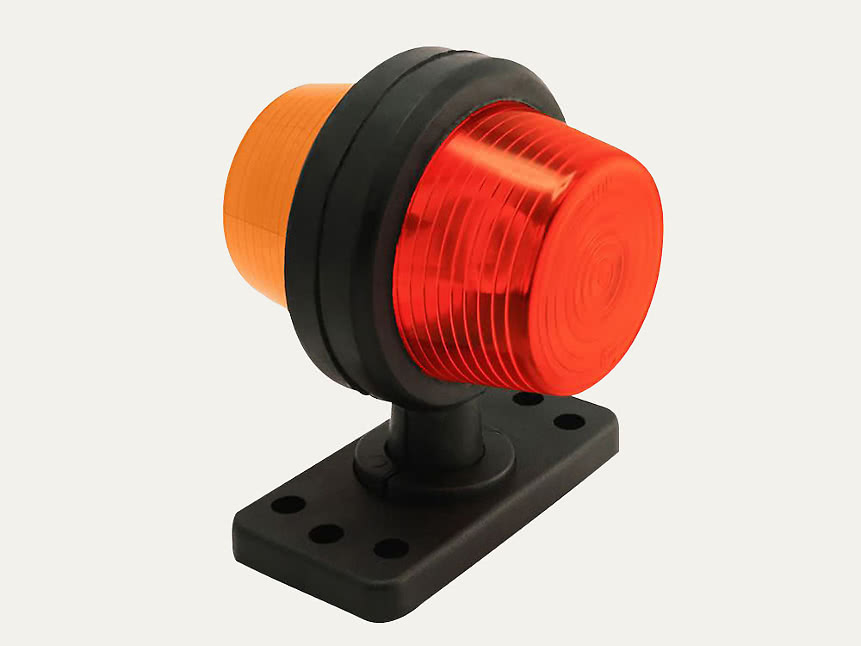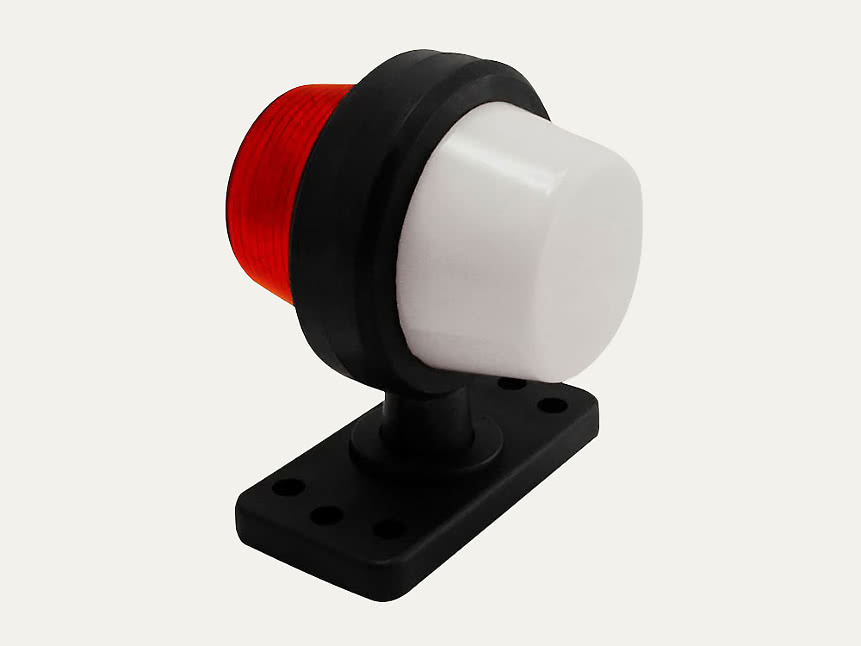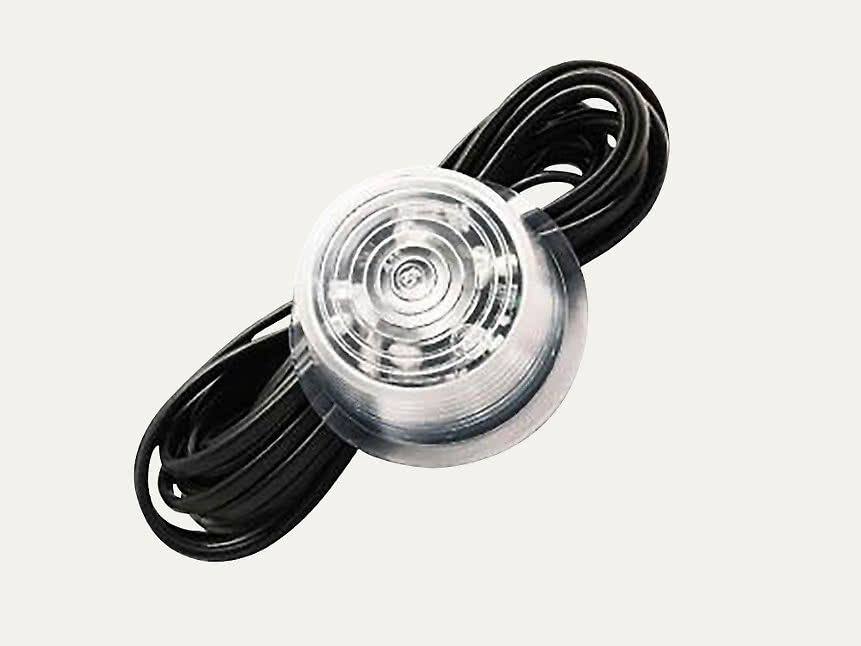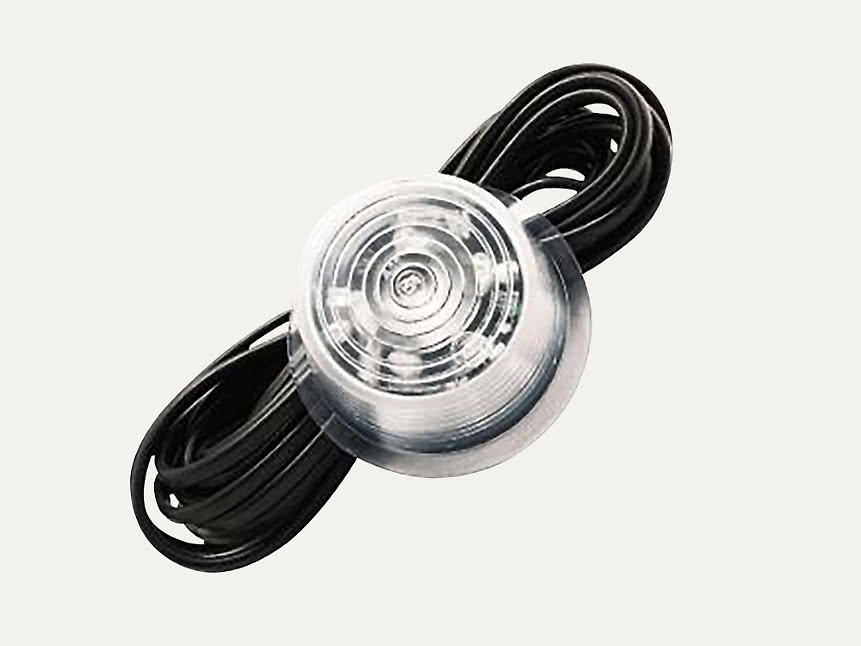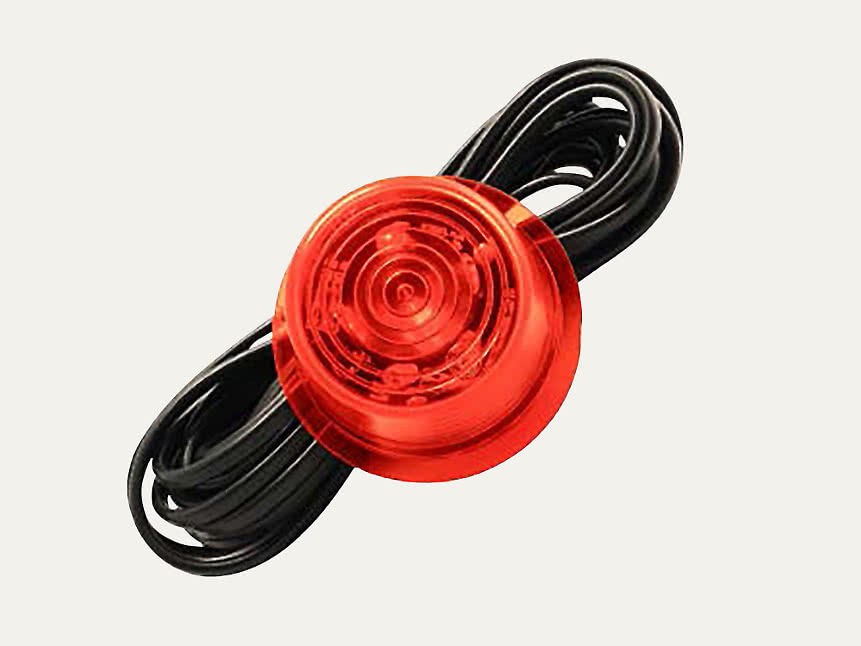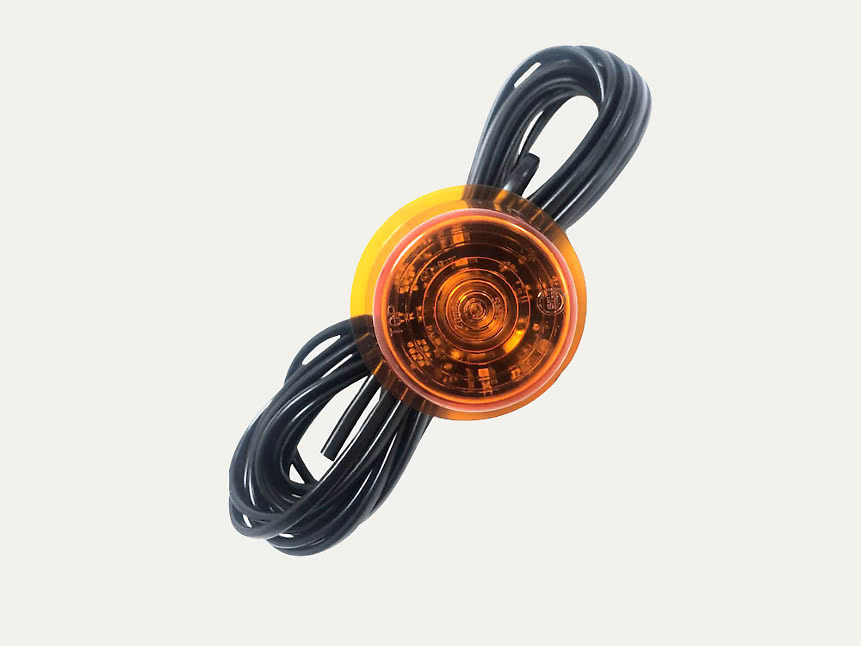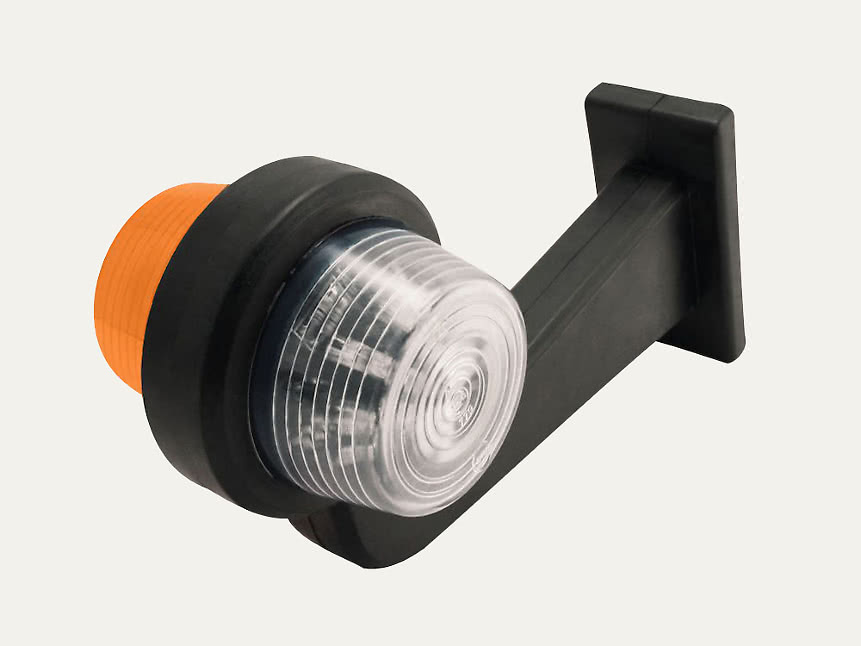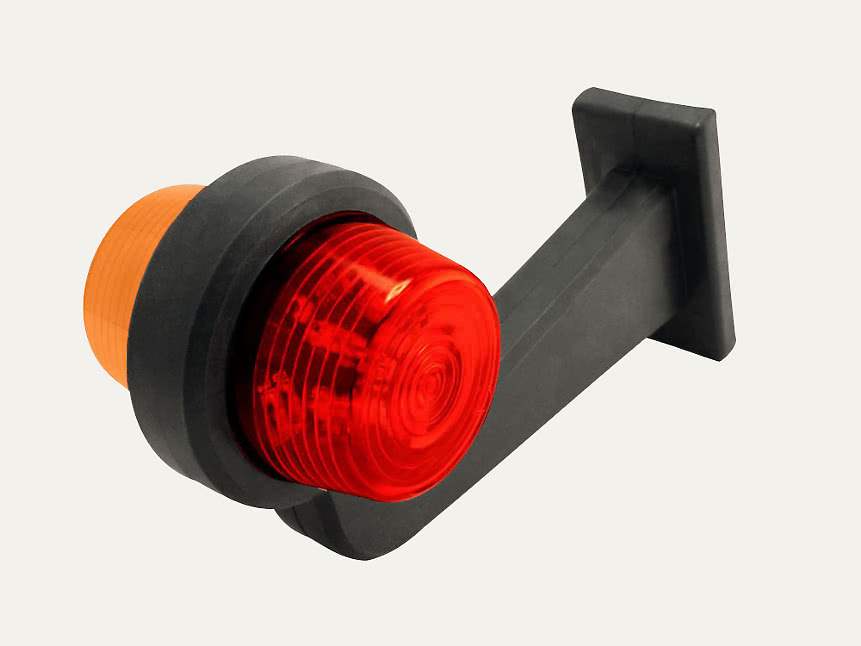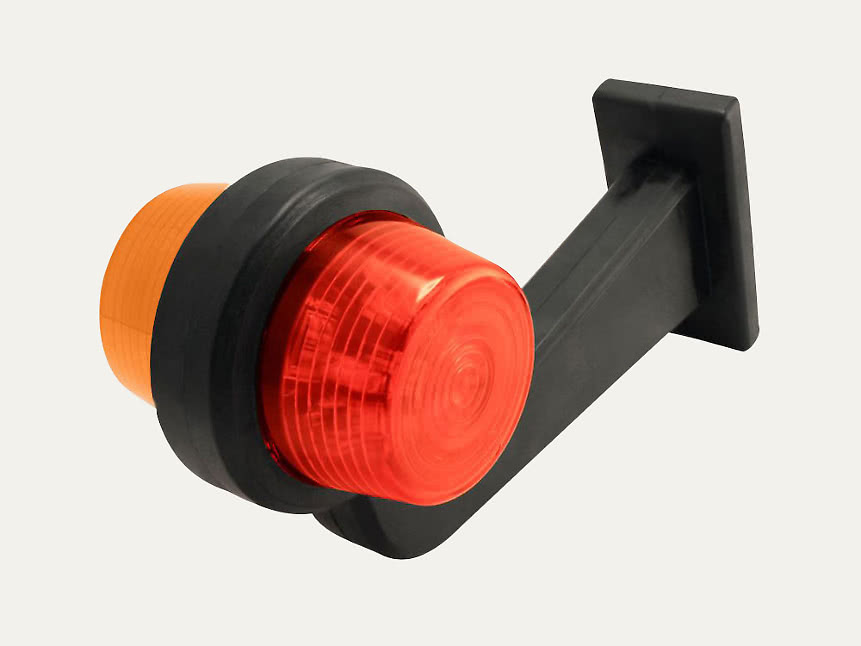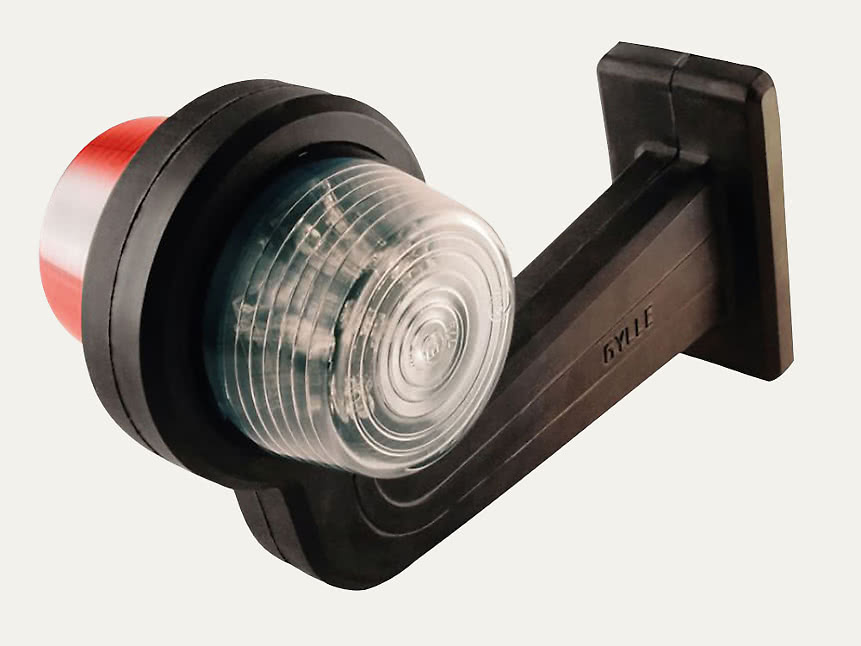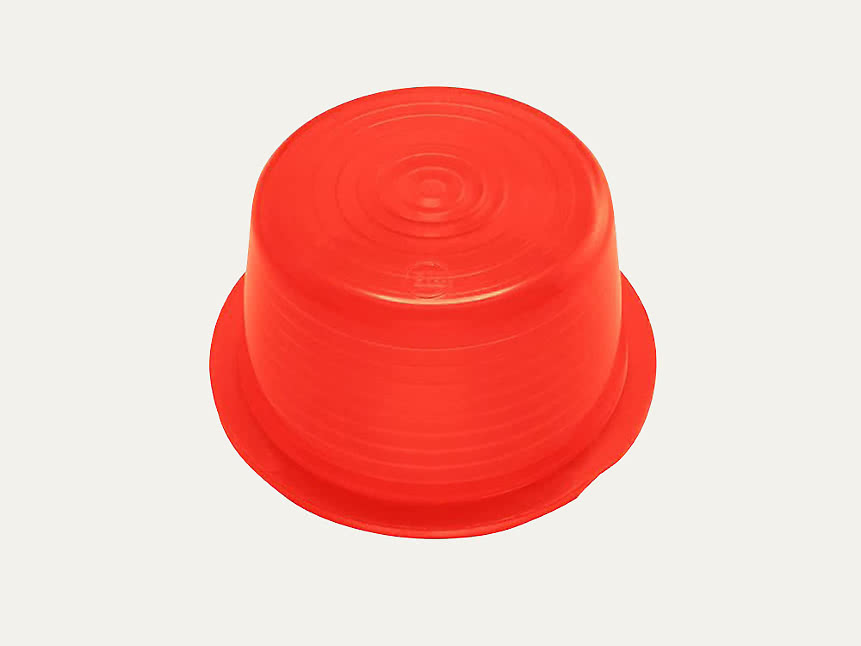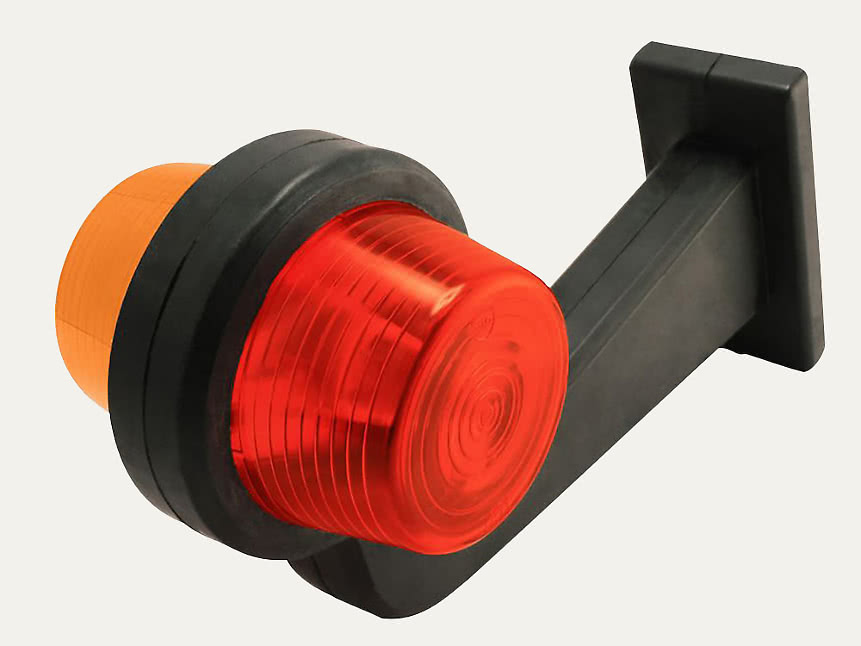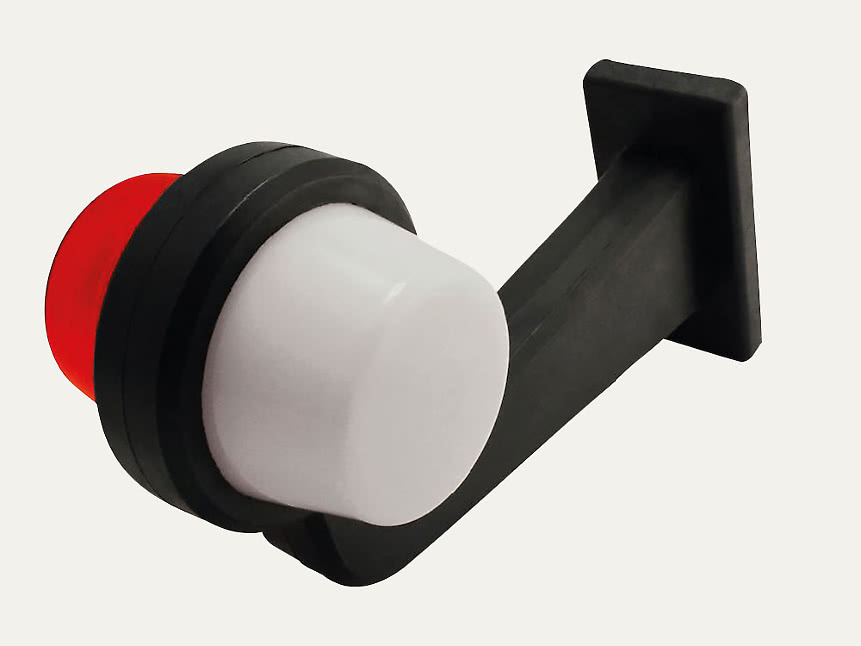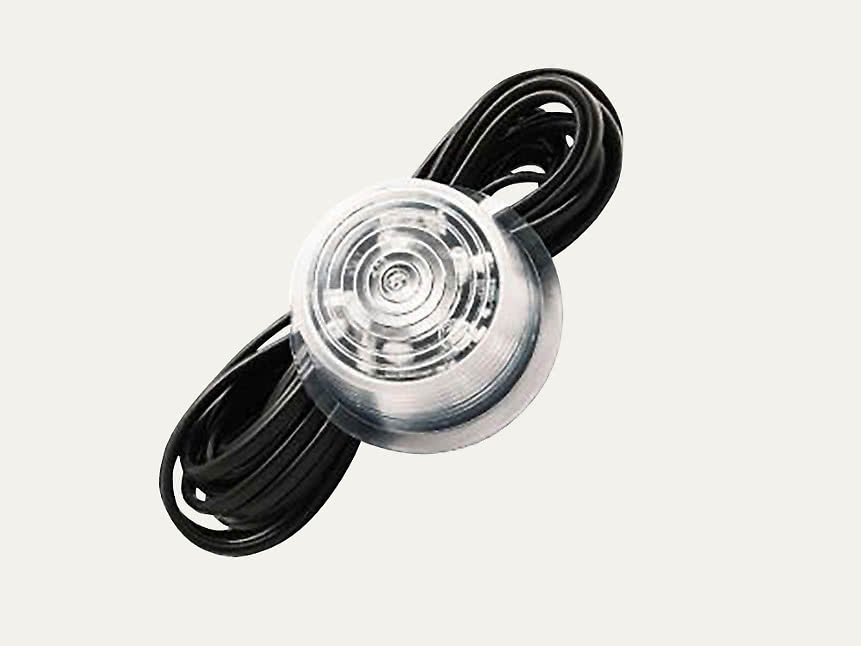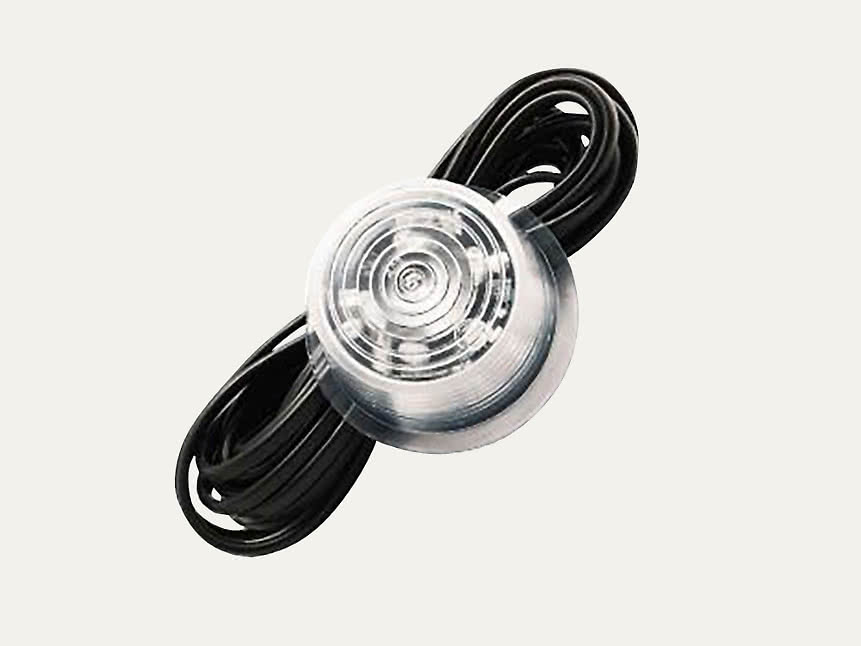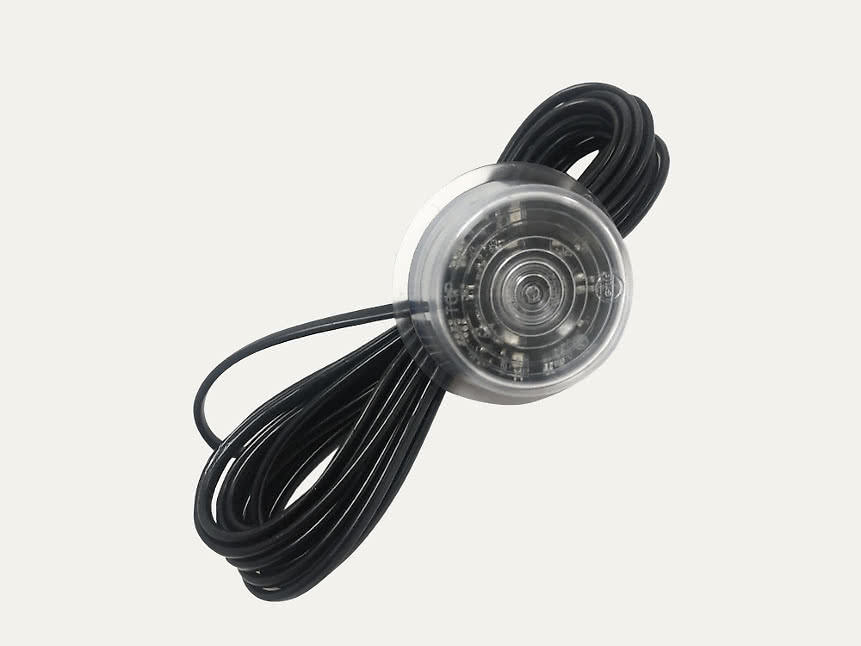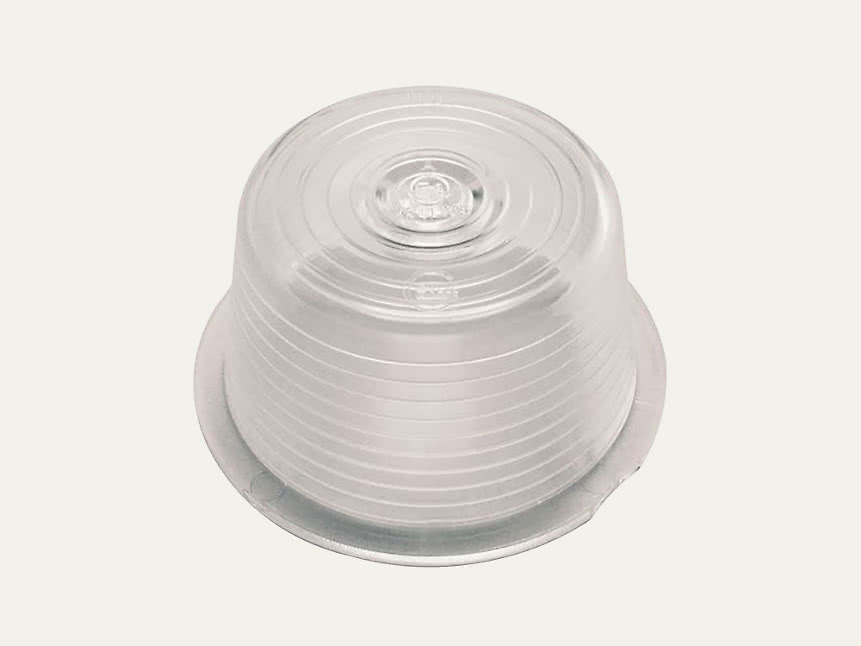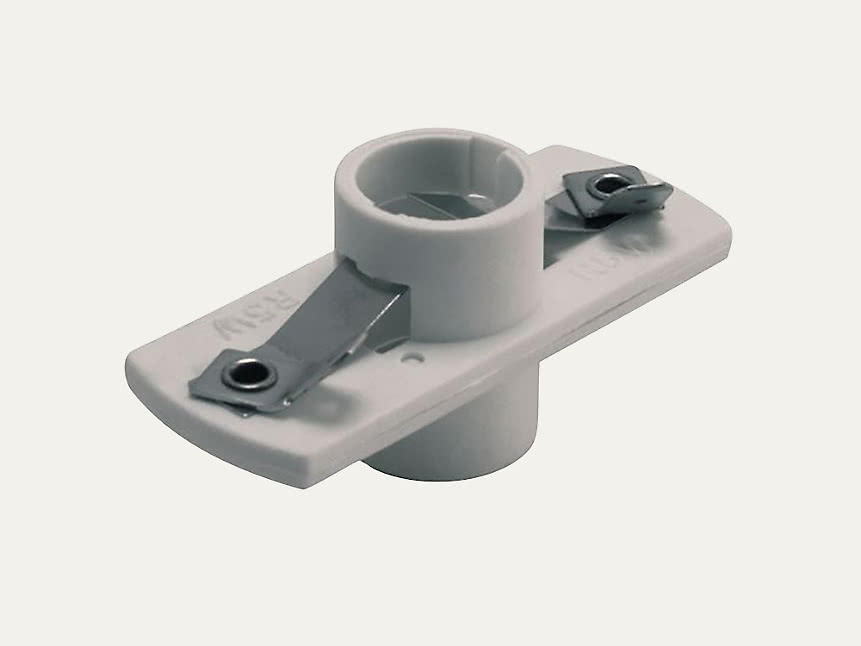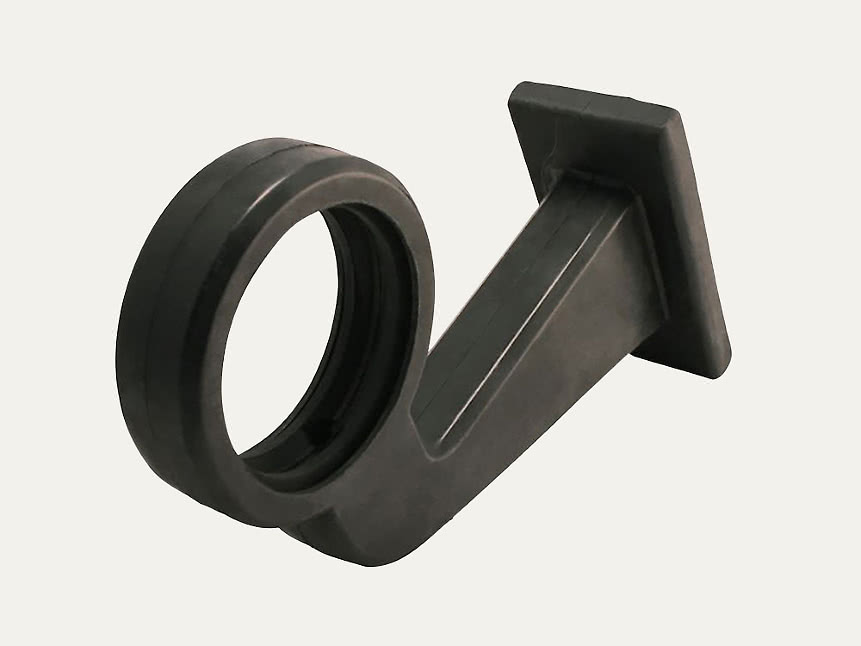Position Lights
Show Where You Stand! Or Where You Drive in This Case. With position lights on your vehicle, it is easier for others to perceive the width and position of your vehicle both from behind and in front. Make sure your position lights and parking lights are working for both your safety and that of your fellow road users.
Buy position lights at Nordeye from well-known suppliers for passenger cars, commercial vehicles, trucks, tractors, and other construction machinery, where you can choose between both LED and incandescent bulbs.
Showing 1–80 of 166 resultsSorted by popularity
Showing 1–80 of 166 resultsSorted by popularity
POSITION LIGHTS FOR VEHICLES
The purpose of position lights is to allow other road users to determine which vehicle they are encountering and how long or wide the vehicle is. The front position light should be white, and the rear should be red. Position lights should be combined with side marker lights on vehicles. The number of position lights, both front and rear, varies between different vehicles. For two-wheeled vehicles, one rear light is required, and wider vehicles should have at least one light at the front and rear. The wider the vehicle, the more lights that are required.
You can advantageously combine your position lights with auxiliary lights, LED bars, work lights, and warning lights according to your needs.
POSITION LIGHTS FOR CARS
A position light is located in the position lamps found both at the front and rear of the car. The total number of position lights on a car should be at least one at the front and one at the rear. There should also be side marker lights on a car. The front lights are white, and the rear lights should be red. The side marker light should be orange. The position light creates a clear picture of the length and width of a vehicle, which is very helpful for other road users.
The lights come with different types of light, different lumens, and different lamp types. Position lights for cars come in LED, Xenon, and Halogen types. The lights also have different appearances and requirements depending on how old the car is. The position lights on cars should be mounted 350 – 1,500 millimeters high. The distance between the innermost position lights must be at least 600 millimeters. Therefore, make sure that the position lights are correctly mounted to avoid problems with, for example, inspections.
You can change both the appearance and function of your vehicle with different lights and lamps. The most important thing is that you are satisfied with how your lights work and look. There can be a lot to keep track of when it comes to lights and lamps on vehicles. If you just make sure to follow the rules regarding, among other things, mounting, you will not risk the vehicle failing the inspection.
SIDE MARKER LIGHTS FOR VEHICLES
A side marker light is the same as a turn signal or direction indicator. This light is not mandatory on bicycles, but all other two-wheeled vehicles need to have side marker lights. The light should be orange regardless of the vehicle it is on. The glass for the light comes in orange and white colors. With white glass, an orange lamp is normally used. This light is found both at the front and rear of the car and is located near the position light.
POSITION LIGHTS FOR TRUCKS
When it comes to side marker lights for trucks, the rule is that all trucks with a total length of 6 meters or more must be equipped with side marker lights. This applies to all trucks, even if the truck is a vintage vehicle. The side marker light can look different from truck to truck. The normal position height for a side marker light on trucks is 350 – 1,500 millimeters. The distance between the side marker lights must also not be more than 6,100 millimeters.
SIDE MARKER LIGHTS – ACCESSORIES
When it comes to buying new lamps for your side marker light, there are many different types of lamps to choose from. The most important thing is to start by checking what type of lamp you have in your car. Otherwise, there is a risk that the new lamp will not fit if you buy the wrong one. After that, you can also choose between, for example, a Xenon lamp or an LED lamp. If you need to replace your glass, there are several different options and colors to choose from. At Nordeye, we also offer a wide range of accessories for position lights such as spare glass, holders, and rubber arms.
AUXILIARY LIGHTS WITH POSITION LIGHTS
There are auxiliary lights with position lights. Auxiliary lights are often used in combination with the high beam that the car already has mounted. However, many people are not satisfied with the car’s high beam, which does not always provide sufficient light in the dark. Auxiliary lights are offered with LED lamps, Halogen lamps, and Xenon lamps. The lamps come in various sizes, from very small to very large. This is so that you as a customer can find the most optimal auxiliary light for you. If your auxiliary light has built-in position lights, it may be good to turn them off while driving, as it is not allowed to drive with them on according to Swedish legislation. The placement of the front position light in the lateral direction must be at most 400 mm on the car, and the distance between the inner edges of the illuminated surfaces of the lights must be at least 600 mm.
WHEN DO YOU NEED POSITION LIGHTS?
Position lights are built into all motor vehicles, white lights at the front and red lights at the rear. It is common for larger vehicles to mount extra position lights to be extra clear about their position on the road. The lights are then often mounted so that they protrude a little from the sides of the vehicle.
WHAT IS THE DIFFERENCE BETWEEN A POSITION LIGHT AND A SIDE MARKER LIGHT?
These terms are often used synonymously, but there are clear differences. The position light is used on larger vehicles to mark their width for other road users behind and in front of the vehicle. The position light is therefore mounted so that it protrudes on either side of the vehicle. The position light should shine white forward and red backward to be approved. The side marker light, on the other hand, is intended to show the vehicle’s position when viewed from the side. The side marker light should be orange to be approved.
WHAT MARKING MUST THE POSITION LIGHT HAVE TO BE APPROVED?
With an E-marking, you ensure that the lamp is approved for use within the EU. To know what the lamp is approved for, you need to look at the ECE marking. For example, ECE R91 means that the lamp is approved for use as a side marker light.
IS IT LEGAL TO HAVE POSITION LIGHTS?
There are clear requirements for how you should place your position lights, and as long as these requirements are met, position lights are legal. For trucks and heavier vehicles, the center points of the position lights should be placed 15-30 cm apart. Regarding side marker lights, they should be 35-150 cm above the ground.
IS IT LEGAL TO HAVE POSITION LIGHTS IN AUXILIARY LIGHTS?
It has become increasingly common for LED auxiliary lights and LED bars to have built-in position lights. The requirements for these to be allowed are that they are correctly placed and E-approved. It is also very common for position lights to be used for styling purposes.
WHAT IS THE DIFFERENCE BETWEEN POSITION LIGHTS AND PARKING LIGHTS?
A position light marks the vehicle’s position on the road. It is most common on larger vehicles to give other road users an idea of how wide or long the vehicle is. For smaller vehicles, side marker lights are usually referred to, which are placed on the side of the vehicle. Parking lights are intended to alert other road users that the car is stationary/parked, for example, in a parking bay or on the side of the road. Most cars share parking lights and position lights.

